Welcome back to cfile’s Exhibition Digest, where we’ve assembled a smorgasbord of ceramics exhibits from all over the world. Feast your eyes on this stunning array of exquisite ceramic art over the last year and a few even earlier.
Raven Halfmoon, Bold and Brilliant.
Miami—Bill Brady presented Caddo Girl in a Material World (November 7 – December 5, 2020) an exhibition of new sculptures by Raven Halfmoon focused on ideas of traditionalism vs materialism.
Raven Halfmoon creates powerful, often large-scale ceramic sculptures that speak to the artist’s identity as both a citizen of the Caddo Nation and a contemporary woman. She channels her ancestral legacy while being true to the present time. Halfmoon’s works reflect ideas of her tribal identity and traits of her millennial peers. Frequently in her sculptures the application of glazes resemble makeup, jewelry and tattoos as well as facets of herself, family and ancestors. She references themes in pop culture that are then carved from the past and embellished in timeless stoneware clay. Many of the designs on the sculptures are culled from traditional Caddo iconography. In “She’s Something Else” stripes run from the lips to the neck in red—a color that signifies wounds, war, blood and earth.
Furthermore, each work has her name scrawled on them, glaze dripping in all caps. Each a fierce beauty demanding attention with the same intensity as the quiet profound gaze of each face. Clay is layered with rounded forms; the thumbprints form a pattern which is made using an ancient Caddo technique of “punctating.” The result is a distinctively textured surface. Halfmoon seeks to create a dialogue between how she represents herself and her culture and the limited way society chooses to characterize the outsider.
Qwist Joseph Explores Home and Chance Encounter.
Denver— Qwist Joseph’s exhibition Filling Station at the Vicki Myhren Gallery, University of Denver, is impressive both for the tri-part exhibition itself but also for the journey it represents elevating this young artist in the pantheon of the top sculptors working with ceramics. There is now a maturity to his art that has struggled in the past to find voice. He effortlessly brings materials and styles from a comic face to three ladies in a Barbara Hepworth kind of abstraction and full length figurative realism and yet the eclecticism is a kind of connective tissue that links and feeds the central premise of the show.
The exhibition title, Filling Station, references the Conoco station on Downing Street, located less than a mile from campus where this show took place:
This is where my mom met the biological father of my older brother and sister. During my residency, I have been reflecting on the idea that without that chance encounter, and the abuse that ensued thereafter, my younger sister and I would never have come to be. Put simply, my family wouldn’t be what it is, and that’s a fact I’ve historically taken for granted.
To explore this complex story, I broke it down into the most fundamental narrative arc: birth, life, and death. With three distinct rooms, the architecture of the gallery lent itself to this triptych telling. The viewer is invited to peer into strange and intimate personal moments, both real and imagined. There’s a retelling of my birth story with an adult me present, an interrogation of manhood and my own sexual awakening, and finally an exploration of loss, which took on new meaning with the dawning of the coronavirus pandemic.
Through this making, I’ve discovered that I still don’t know exactly what home means. It seems at once, space, a place, and a feeling. Something people yearn for, and something others flee. I am, however, certain of one thing. The reason I didn’t think about home for so long is because, as a white man, I didn’t have to. For my family, that safety and security was a given. By examining the ways privilege, trauma, and mobility operated in my own domestic history, I want to erode my ignorance and challenge this unjust reality. In August, my partner and I will move back to Southern California, where we will continue the search for our own home.
See more of Qwist’s work on cfile.
Shecket’s First at Pace
New York— Pace Gallery presented Skirts (February 28 – August 14, 2020), it’s first solo exhibition of works by Arlene Shechet, concurrent with the Whitney Museum’s exhibition Making Knowing, which also features works by Shechet. Skirts brings together more than a dozen of the artist’s most recent sculptures, including large-scale works.
Utilizing a title that is both a noun and a verb, Skirts is a testament to the artist’s fluid and unformulaic process. Though her works appear effortless and forgiving of imperfections, they are the belabored products of an intuitive and technically fastidious approach, involving casting, painting, firing, carving, stacking, undoing and redoing with no predetermined endpoint. Her expansive approach to sculpture and materials is reminiscent of artists Shechet admires, such as Sophie Taeuber-Arp and Sonia Delaunay, whose work transcends the divisions of painting and sculpture and encompassed innovative multimedia practices, distinguishing their work from that of their male peers. Shechet’s title, Skirts, also reclaims misogynist slang. As if to counter this term’s reduction of women to passive things, Shechet’s unruly, polymorphous sculptures suggest that objects themselves are active and subversive.
Rose B. Simpson’s Duo: Loyal alter-egos, Potent Allies, Twins Separated at Birth.
SAN FRANCISCO—Looking back in our pending file we found this exhibition that missed being published first time round. So we resurrected it. Jessica Silverman Gallery presented Duo, (October 29-December 20, 2019) a solo show by Rose B. Simpson, featuring sculptures that are made at the same time in pairs. Their titles are suffixed 1 and A (rather than #1 and #2) as they are equal originals, loyal alter-egos, potent allies, twins separated at birth.
Made from clay with wood, metal and leather adornments, the figures are meant to help us ground ourselves in reality. They bear witness; seeking to dispel delusion and deceit, totems that guide us back to our deeper selves, our common human ancestry.
Simpson comes from a Pueblo famous for the ceramics its women have produced since the 6thcentury AD. An apprentice to her mother, an acclaimed native artist, Simpson grew up expressing herself in three-dimensions, mastering a wide range of ceramic, textile and metalwork practices. After three university degrees, including an MFA from the Rhode Island School of Design, Simpson is also well versed in contemporary art, inspired by artists as diverse as Lee Bontecou and Alberto Giacometti. A bold innovator, Simpson combines tribal belief systems with high art concepts and apocalyptic science-fiction forms.
The Pairing of Linda Sormin and Gail Wight is Simply Natural.
SAN FRANCISCO—Patricia Sweetow Gallery presented Deep Dazzle (February 29 – April 11, 2020), a synergistic duo with Bay Area artist Gail Wight with Hexapodarium, digital archival prints; and the ceramic/paper sculpture of New York artist Linda Sormin.
Gail Wight has created two distinct species of flora and fauna using organic material least suited to her goal. Linda Sormin is upending traditions and materials in her media-exploding mix of ceramic/paper sculpture.
Linda Sormin’s sculpture is a cinematic stride through storytelling, a “non-linear assemblage of fact and fiction.” She describes her process as “unbuilding,” as she “rolls and pinches clay into forms that melt, lean, lurch and dare you to approach.” Shards, souvenirs, test tiles and trash are collected into ceramic structures, an archeological mash, disgorging place, affiliation, gender and culture. This brew of delicate intersections collides with dislocated memorabilia – form and content are subjected to the hazards of making and firing. Sormin’s sculptural process inquires, “What is worth risking? What might be discovered?”
Trained In traditional methods of clay forming, Sormin strives to decolonize ceramics by subverting correctness. In this light, a recent addition to her sculpture is watercolor paintings on paper. She cuts, following the forms in the brushwork, then soaks the paper in resin which seamlessly folds into the evolution of the work.
Born in Thailand, raised and educated in Canada and the U.S., Sormin attributes the intricate work and diverse media in her sculptures to traditional craft practices learned in Thailand and Laos. In her 20s, she created floral floats and wreaths with groups of women, in preparation for rituals and festivals. “Mounds of fragrant material – orchids, marigolds, jasmine blossoms, bamboo leaves, string and gold leaf – surrounded us as we pieced together objects that offered meaning and function beyond the everyday.” Those influences shaped her approach to sculpture, culminating a process that reflects the precarious complexity and chaos in life.
Nathalie Du Pasquier Builds Beauty, Brick by Brick.
FIORANA, Italy—Artist and designer Nathalie Du Pasquier has translated her fascination with bricks into a site-specific exhibition, Bric, comprising seven totem-like sculptures made from stacked bricks glazed in bright colors for Italian ceramics brand Mutina, which operates the MUT exhibition space at its headquarters in Fiorano. It was briefly reviewed in Dezeen:
The exhibition, which was curated by Sarah Cosulich, features seven sculptural structures that rise from the sand-covered floor of the building designed by Angelo Mangiarotti in the 1970s. The starting point for each sculpture was the humble brick, which has been a recurring element in Du Pasquier’s work – particularly her paintings.
“I know nothing about bricks,” she said in an interview with Cosulich for the exhibition’s catalogue. “For me they are strange, anonymous objects I have inserted sometimes in the still lifes I paint.”
Different types of brick are glazed in bright colours and layered to produce geometric shapes that are reminiscent of Du Pasquier’s paintings, as well as some of the Memphis Group’s sculptural furniture. In several of the sculptures, the bricks are turned to display their inner structure. In this way their structural value is compromised but they take on a more decorative quality as patterned units.
A Doyle Lane Weed Pot is Some Kind of Magic.
Los Angeles— David Kordansky Gallery presented Weed Pots (July 22 – August 29, 2020), an exhibition of ceramic vessels by Doyle Lane. Curated by artist Ricky Swallow, featuring over five dozen examples of Lane’s iconic, small-scale weed pots made between the late 1950s and late 1970s, on loan from collections throughout California, including the California African American Museum.
Doyle Lane (1923-2002, Los Angeles) is a significant, if underknown, voice in West Coast ceramic sculpture. His delicate vases and rigorous wall murals are expressions of a masterful command of traditional techniques; an innovative, tactile approach to glazing; and a quietly visionary understanding of geometry and three-dimensional form.
He worked from a home studio in the El Sereno district of Los Angeles for the majority of his career, producing highly focused, exquisitely proportioned objects sought after by many architects and designers throughout the region. Very much a mid-century “production potter,” Lane would sell his pots directly to loyal collectors while also pursuing large-scale architectural commissions.
One of these, commissioned by architect Welton Becket in 1964 for Mutual Savings and Loan offices in Pasadena, Calif., has been installed in the courtyard of the June and Merle Banta Education Center at The Huntington. Measuring roughly 17 by 8 feet, the work consists of hand-formed tiles, each glazed a warm red and tinged with black edges. To learn about its restoration, click here.
As a Black artist, he exhibited at notable Los Angeles galleries founded during the Civil Rights and Black Arts movements, including Ankrum Gallery and Brockman Gallery. In a review of this exhibition in the New York Times the writer describes that while his work did not express black activism he certainly did suffer from racism’s random humiliations.
The weed pots—so named because they were designed to hold individual sprigs and dried flowers—were among his most consistent sites of experimentation. In a 2014 essay on Lane’s work, Swallow describes them as “jewels of California modernism [that] are most credibly understood and appreciated when viewed in groupings, which is how Doyle conceived and marketed them in both gallery presentations and architectural commissions. In this context, one can see the subtle shifts in scale and form of the pots, some plump and spherical with tiny collared throats, some wider—more UFO-like (think Nelson lamp) with flattened openings just large enough to support a single twig. This combined with the matte-satin glazed surfaces, varying in color and activity, creates a real rhythm in the groupings and gives one an abridged glimpse into the working nature and diversity of Lane’s talents.”
In an interview with artist Stanley Wilson, published as part of a feature entitled “Black Artists of Los Angeles” that appeared in a 1981 issue of Studio Potter magazine and was introduced by artist John Outterbridge, Lane observed: “When you’re seeking fame, you force yourself to try and become clever and to be better than somebody else, which can be a very unhealthy situation there. I think the best way to seek fame is not to seek it, and to do just what you have to do—or can do—and let it go at that. To be spiritual is to be balanced.”
Kay Whitney Explores Mark Del Vecchio’s Shadow
Santa Fe—Cary Esser, Del Harrow, Ben Jackel, Jami Porter Lara and Matthew McConnell are five artists selected by curator, Mark Del Vecchio for an exhibition at Peters Contemporary that Kay Whitney writes, “use black’s spectrum of meanings in their work to expand it past the abstract boundaries. Their works express a personal shadow as well as a societal one. Dark clays tend to be the exception rather than the rule, although black can’t escape its entrapment in the reverse side of a binary”.
In her excellent review for Ceramics Monthly she explains further:
A shadow is something cut off from light, possibly ambiguous. In a more interesting territory it’s a phantom, a follower or constant companion, a shelter, an obscurity, a trace. Because it’s part of a binary, it also represents alternative possibilities. It is in this last sense that the five artists in the exhibition Shadow situate their work.
It’s no oversight that Mark Del Vecchio, the exhibition’s curator, has entitled it Shadow—it’s both as singular noun and a phenomenon that concerns him. His choice of these five artists encompasses Jung’s notion of the shadow as the seat of the creative unconscious. Del Vecchio has placed disparate dark objects next to each other and without didactic prodding asks the viewer to decide the relationship between them.
Learn more in Cfile about Cary Esser, Ben Jackel, Del Harrow, Jami Porter Lara, and Matthew McConnell.

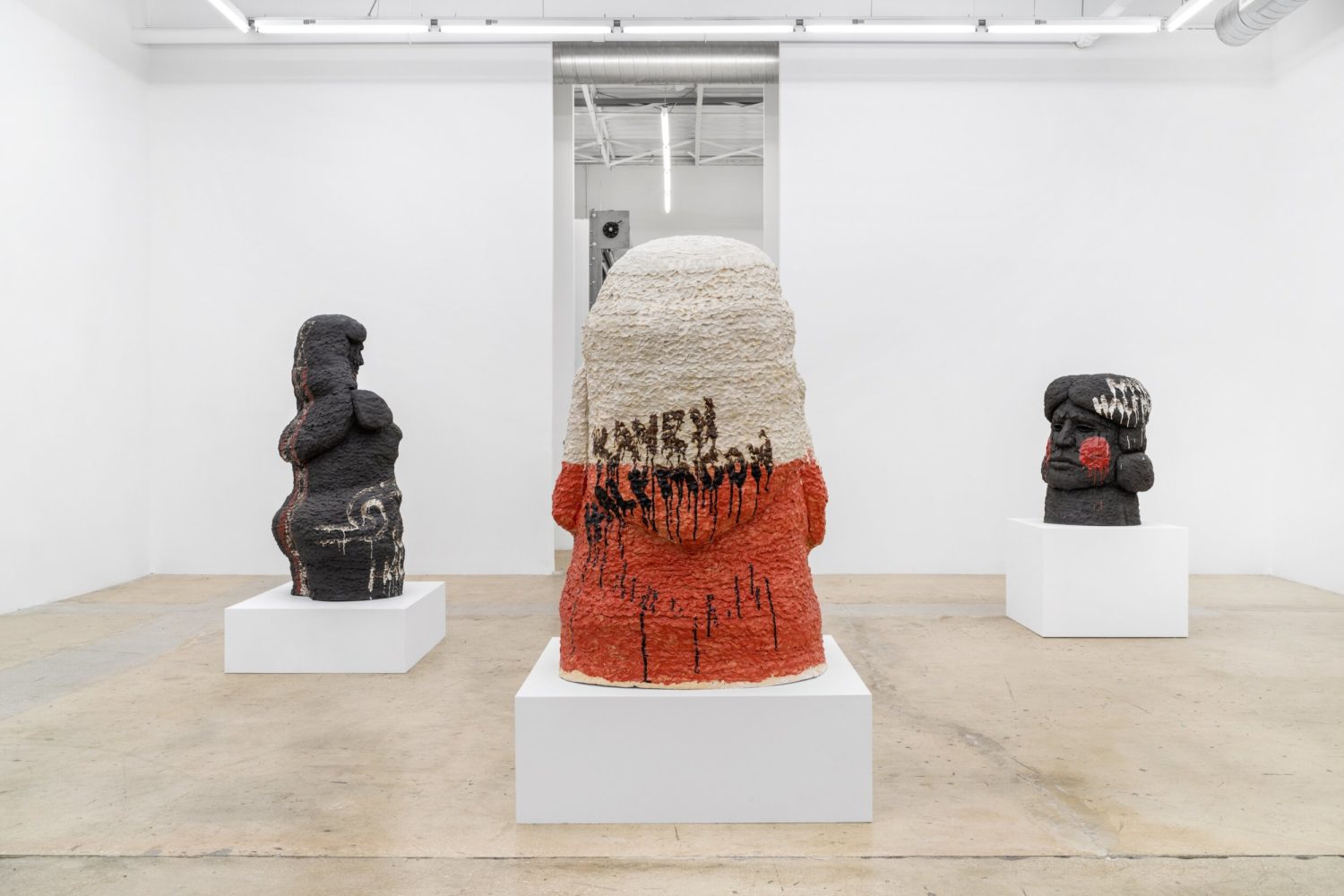
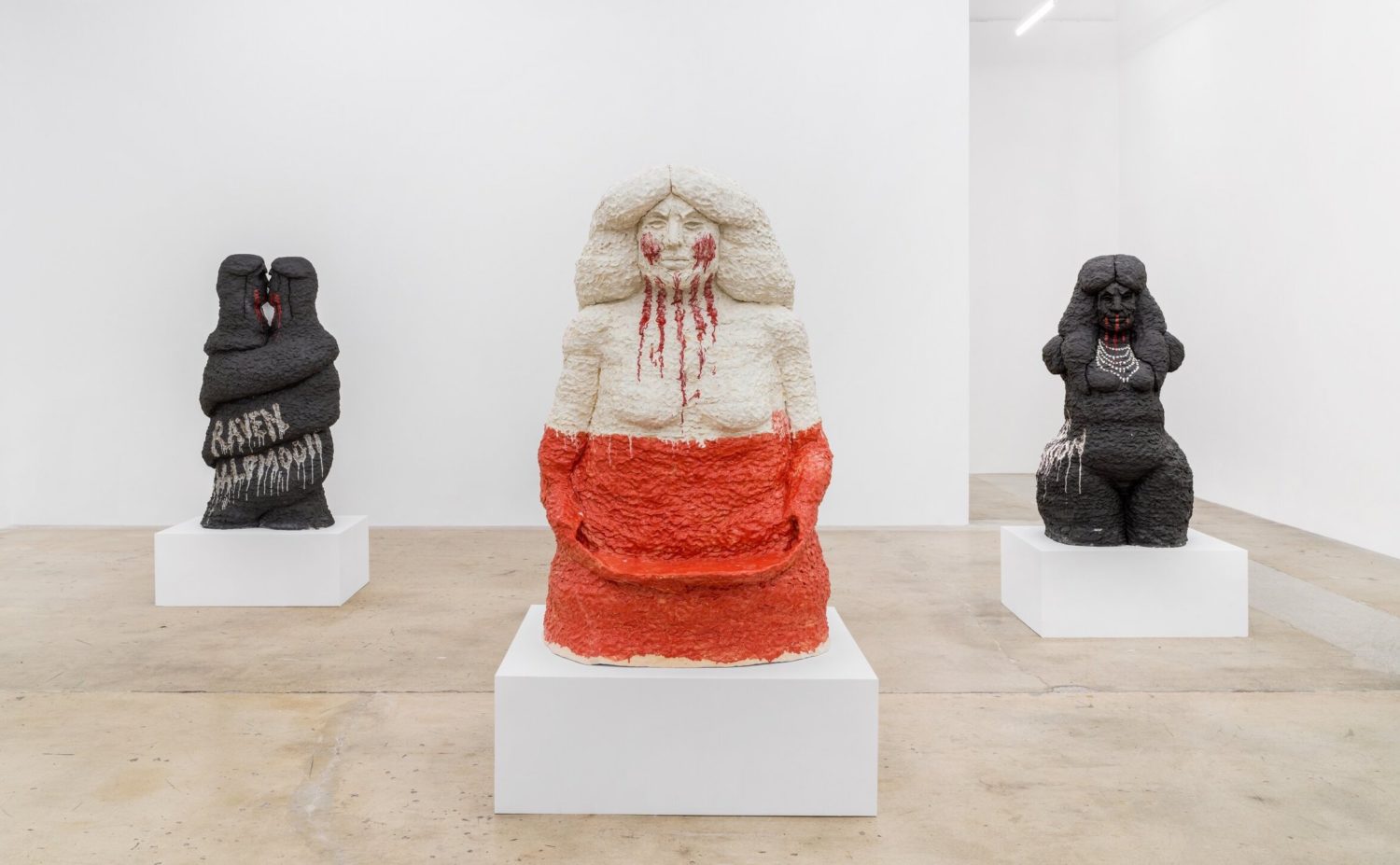
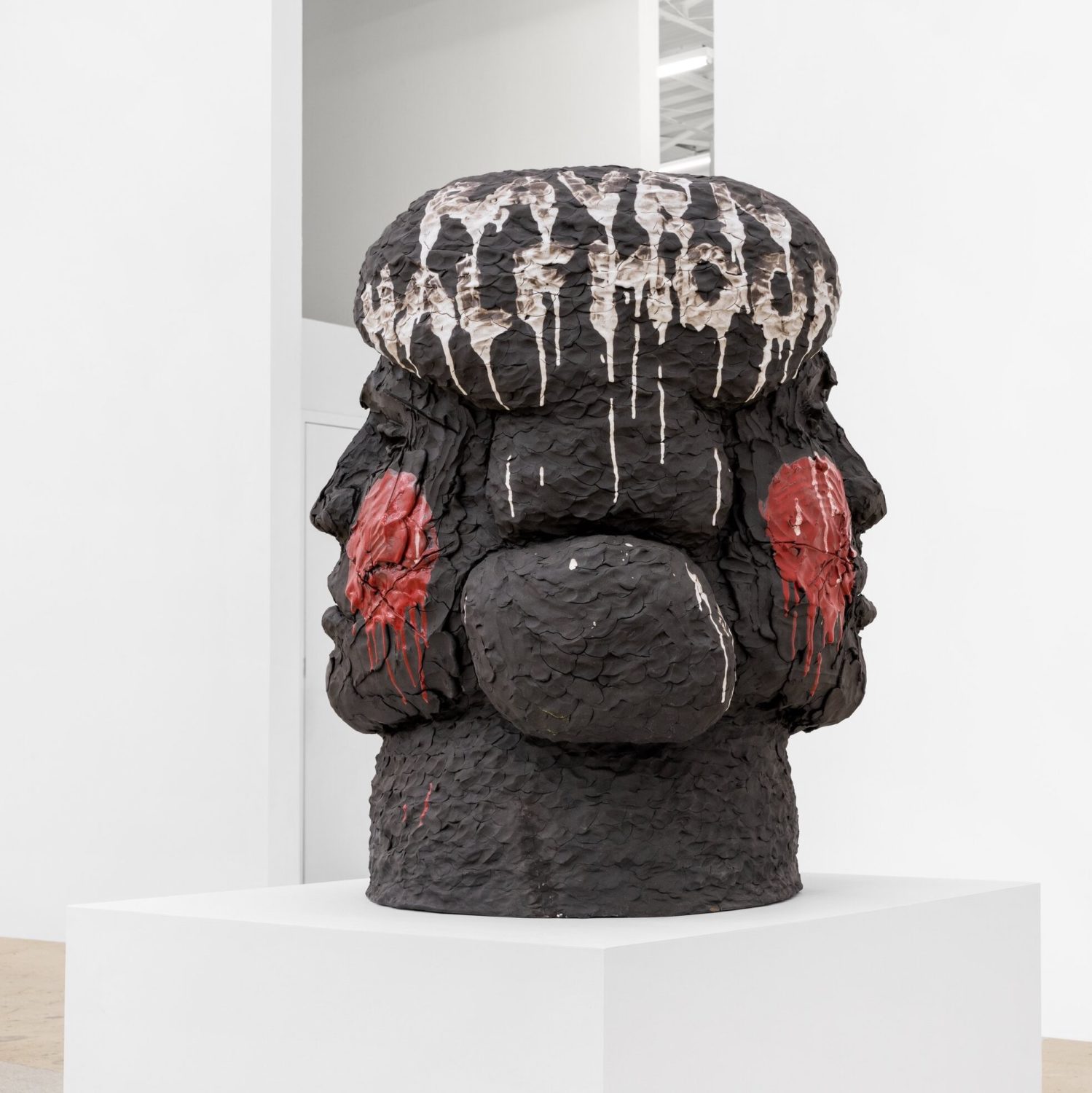
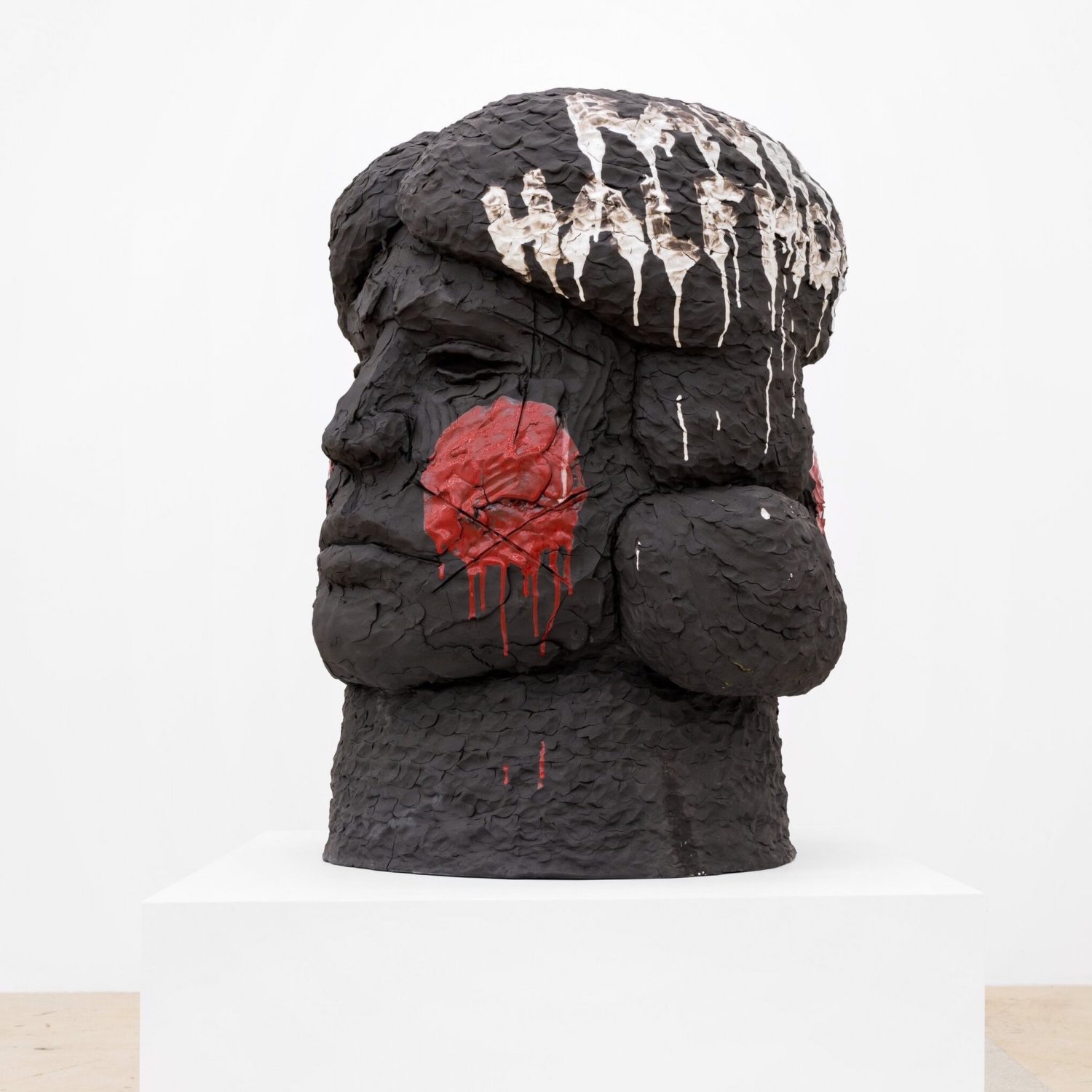
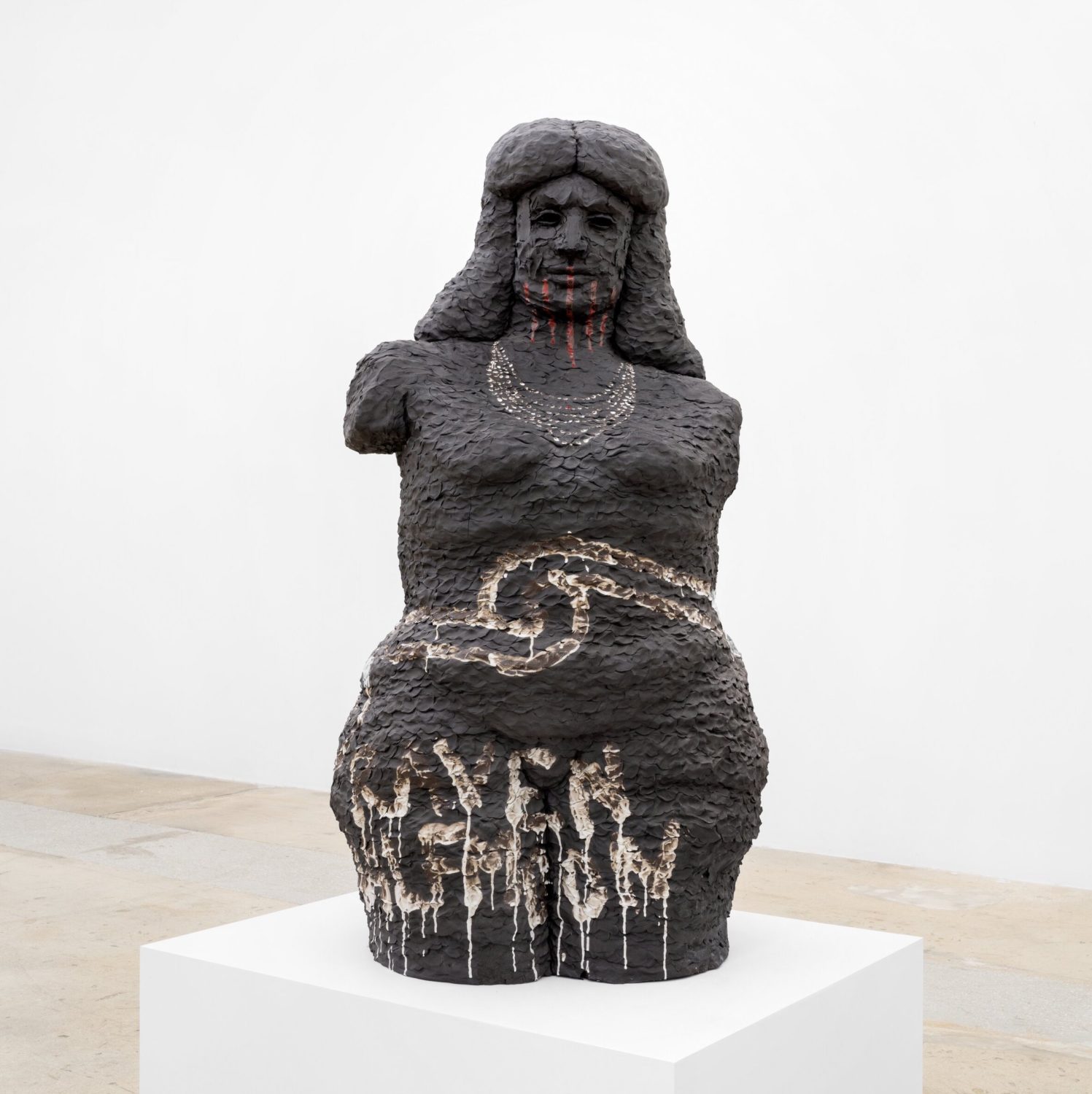
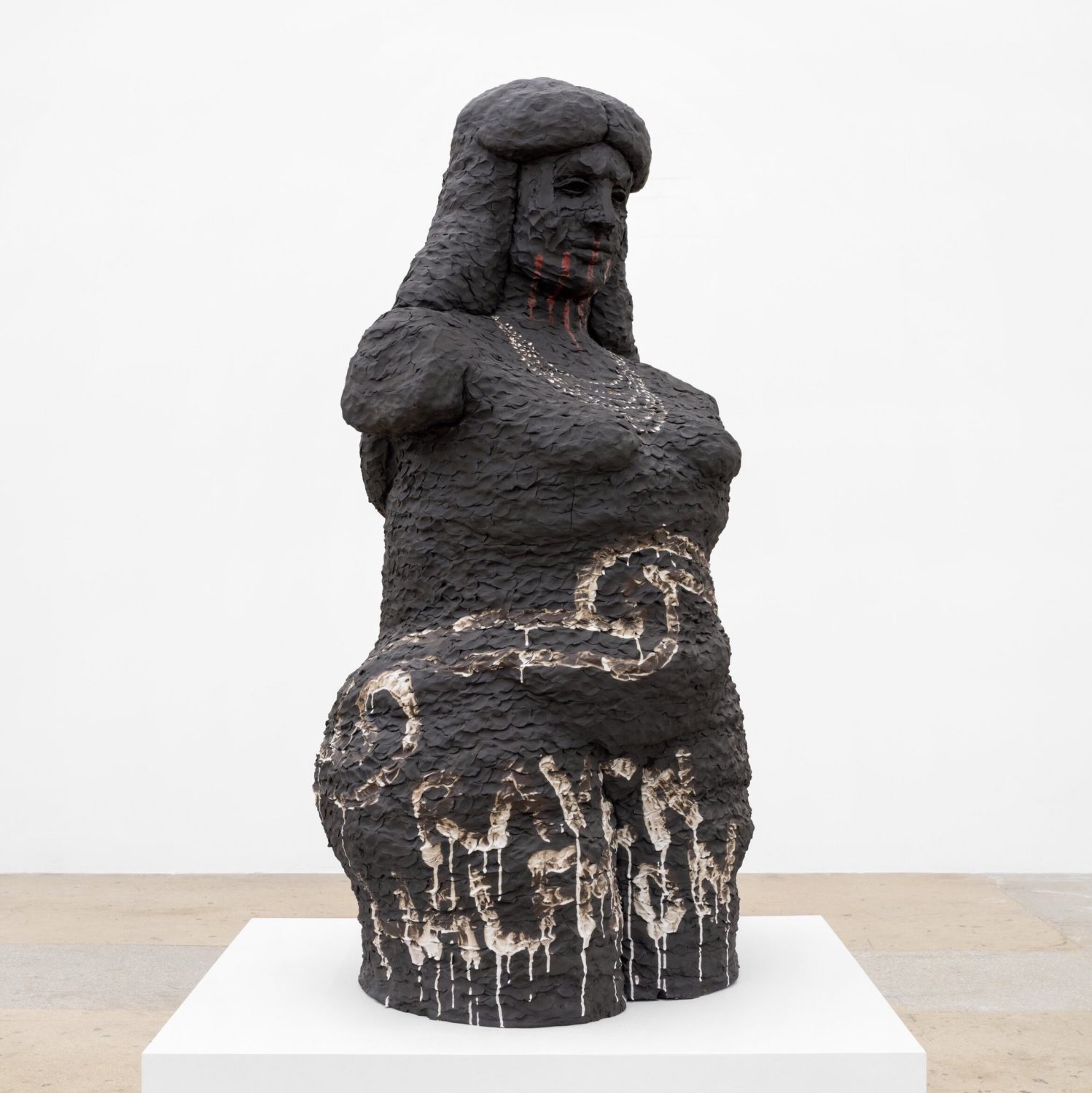
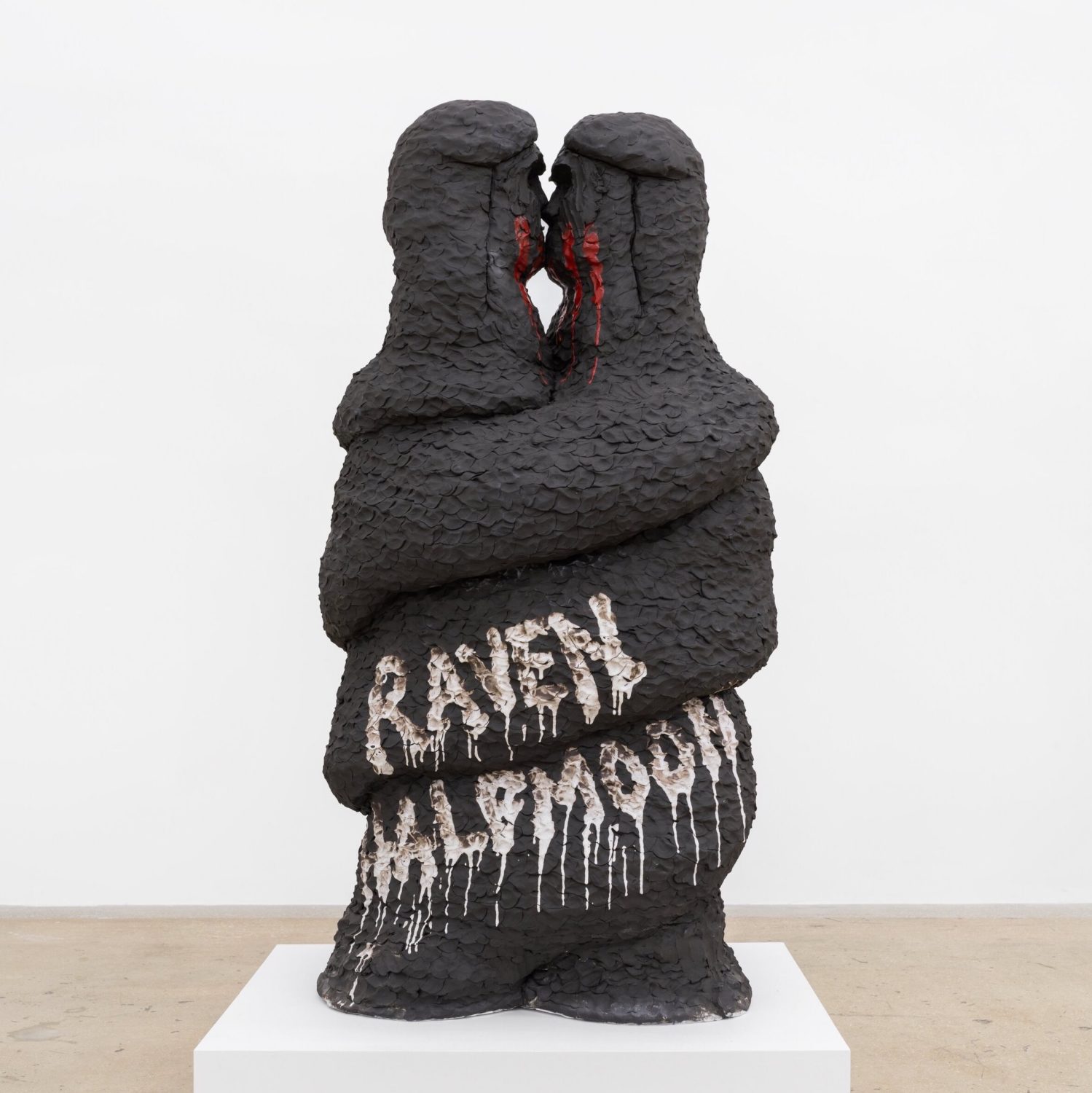

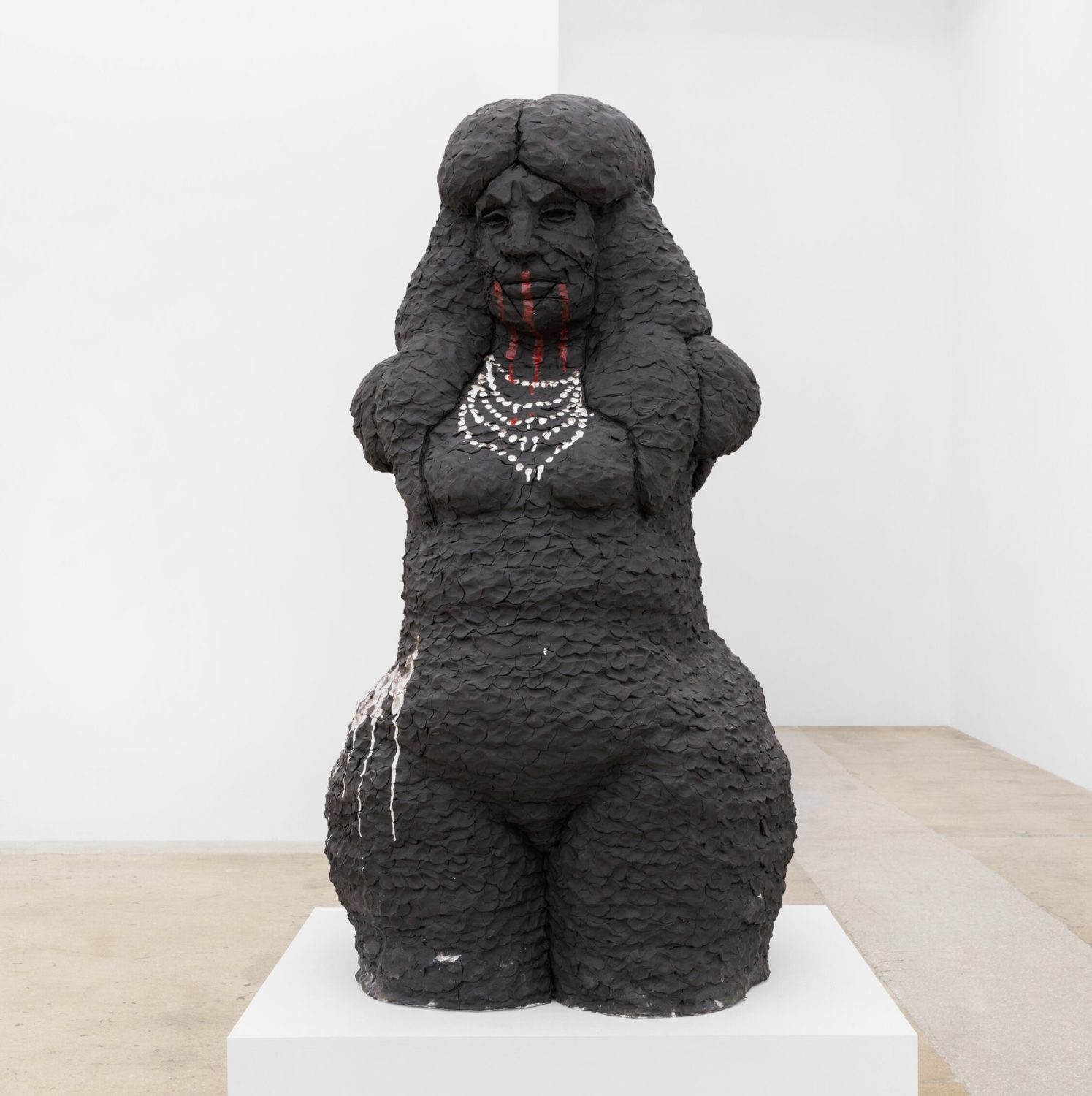
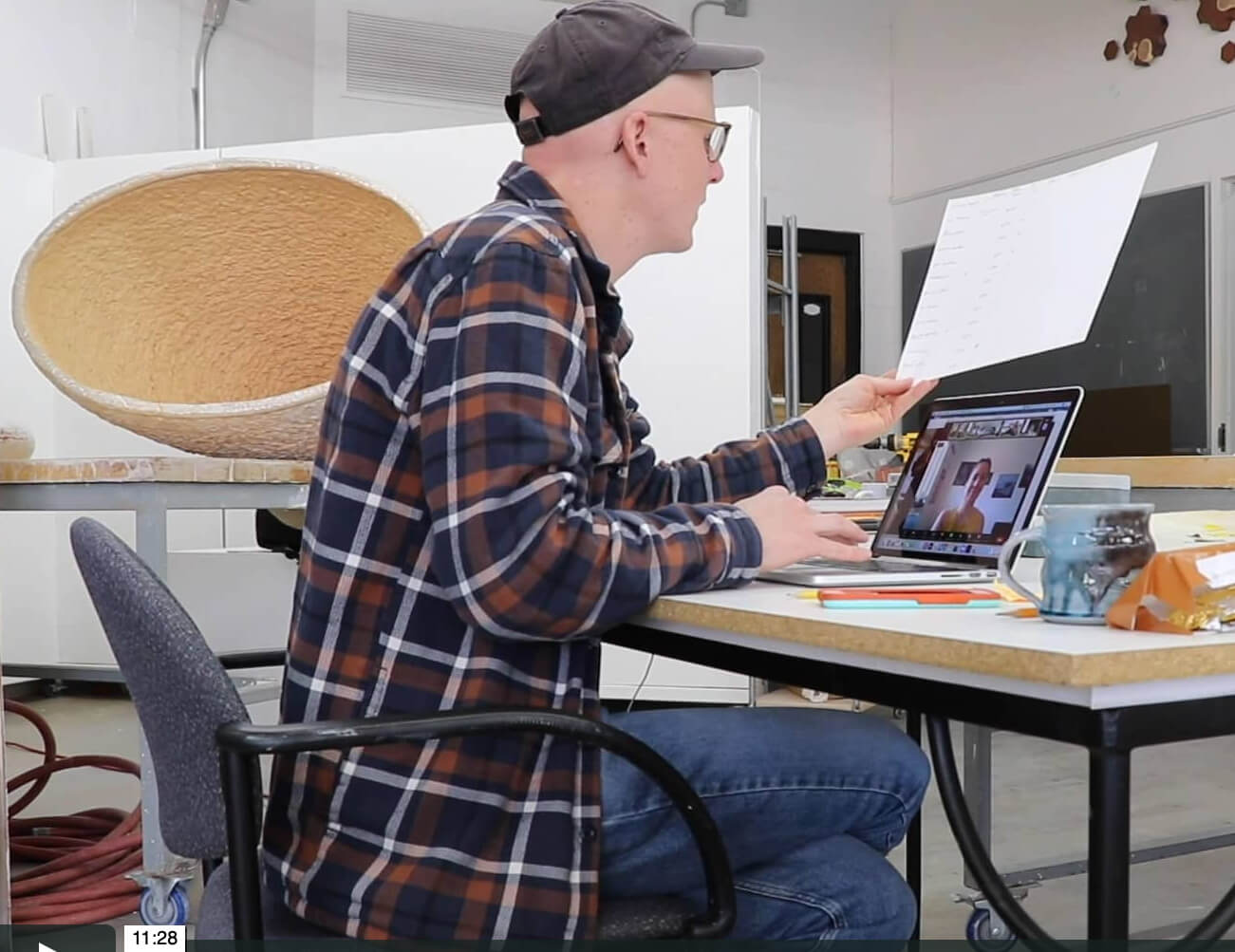
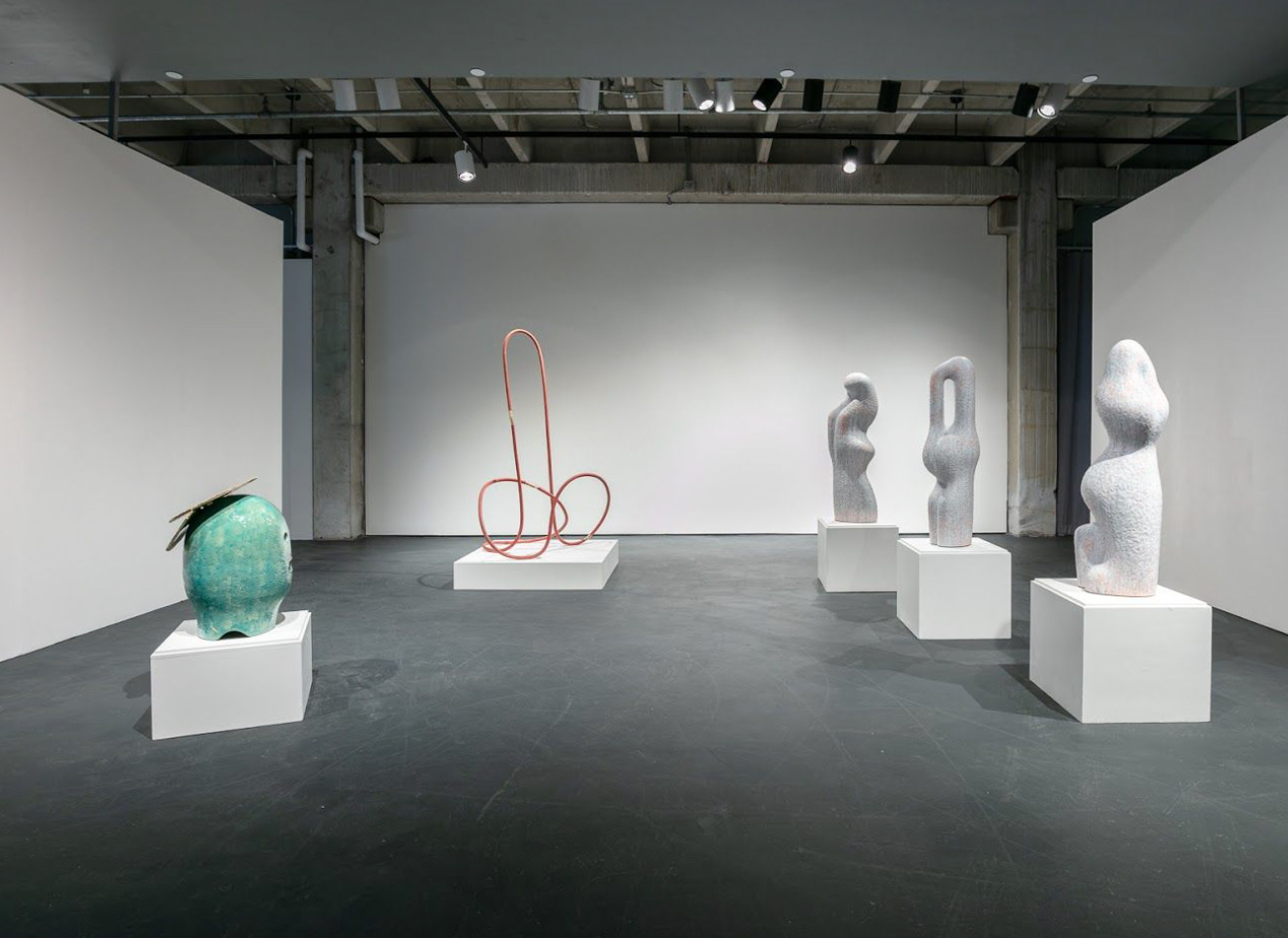

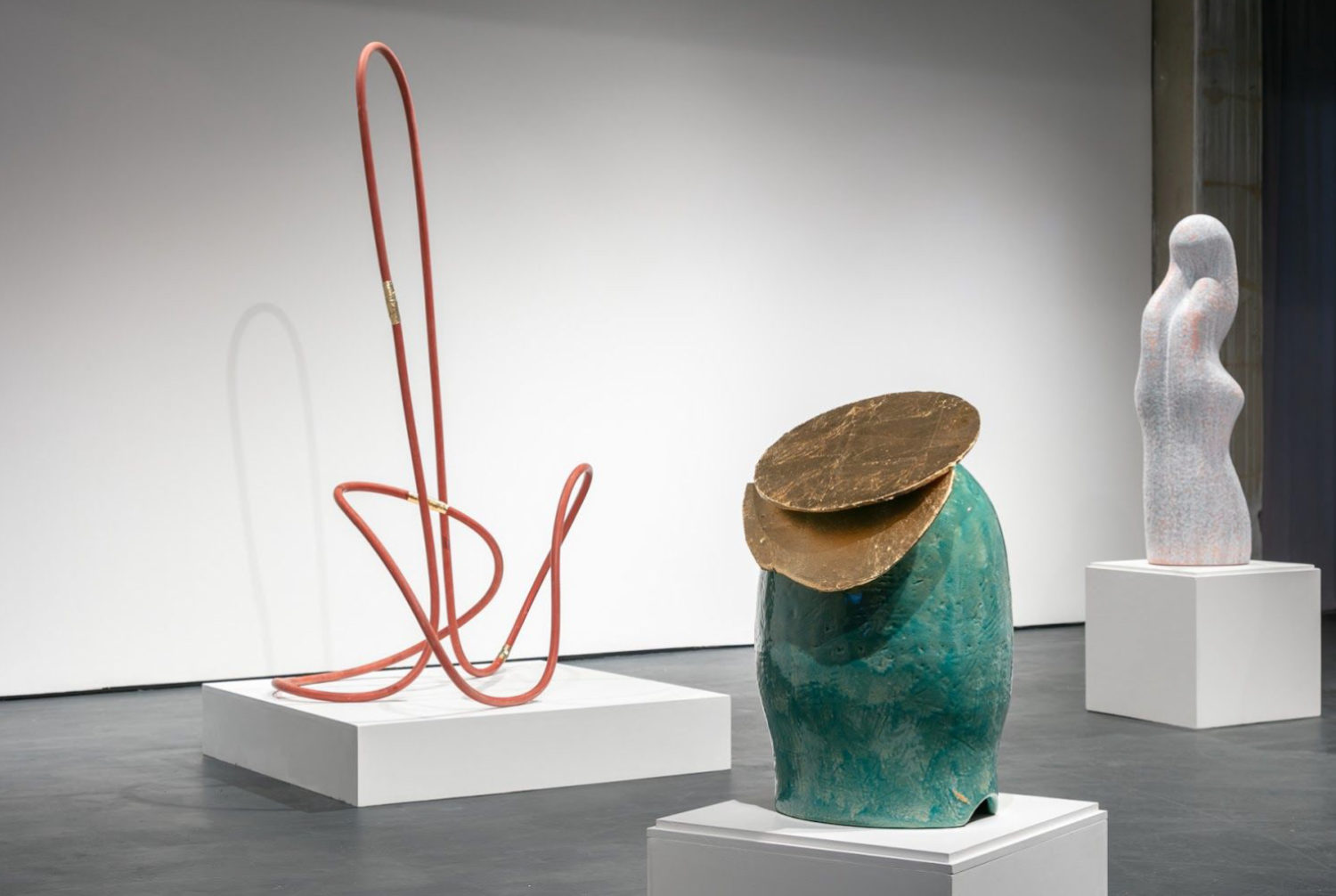
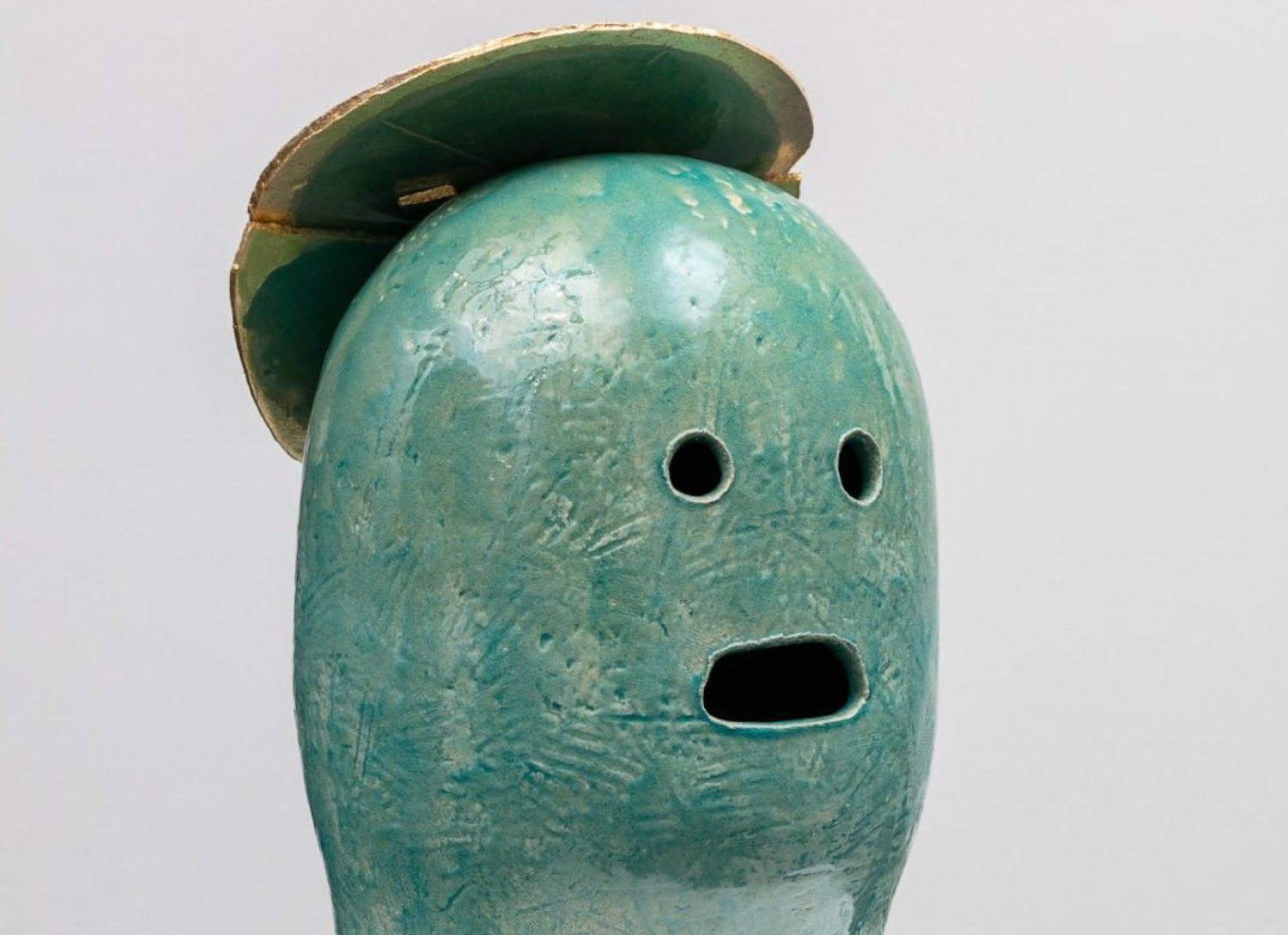
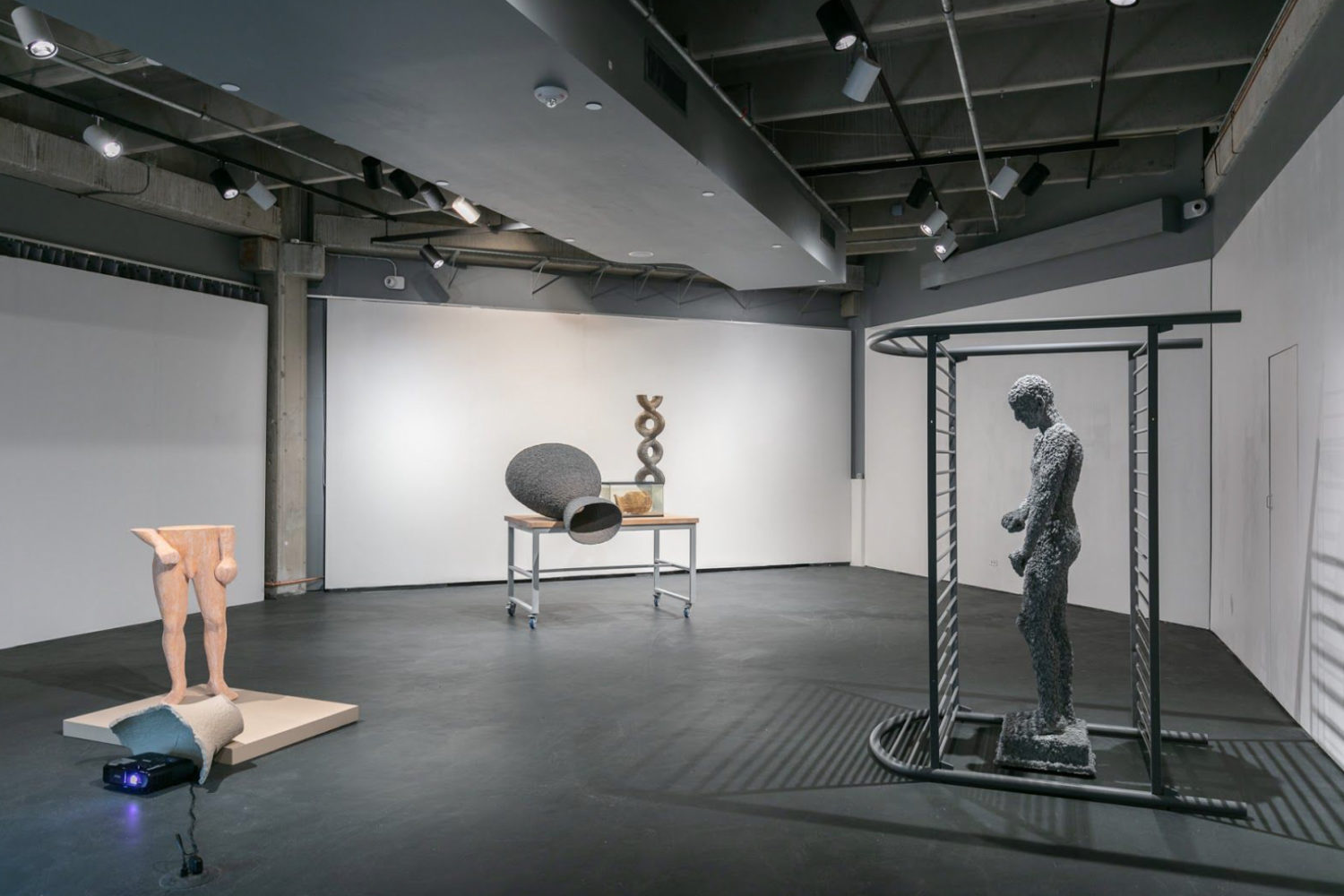
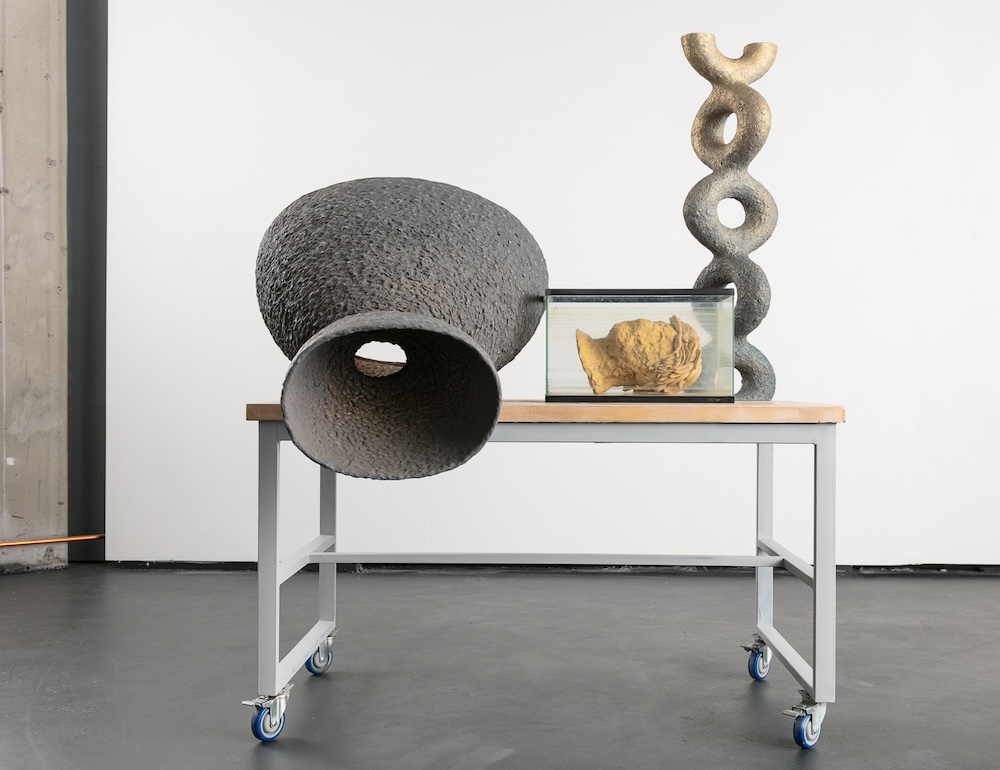
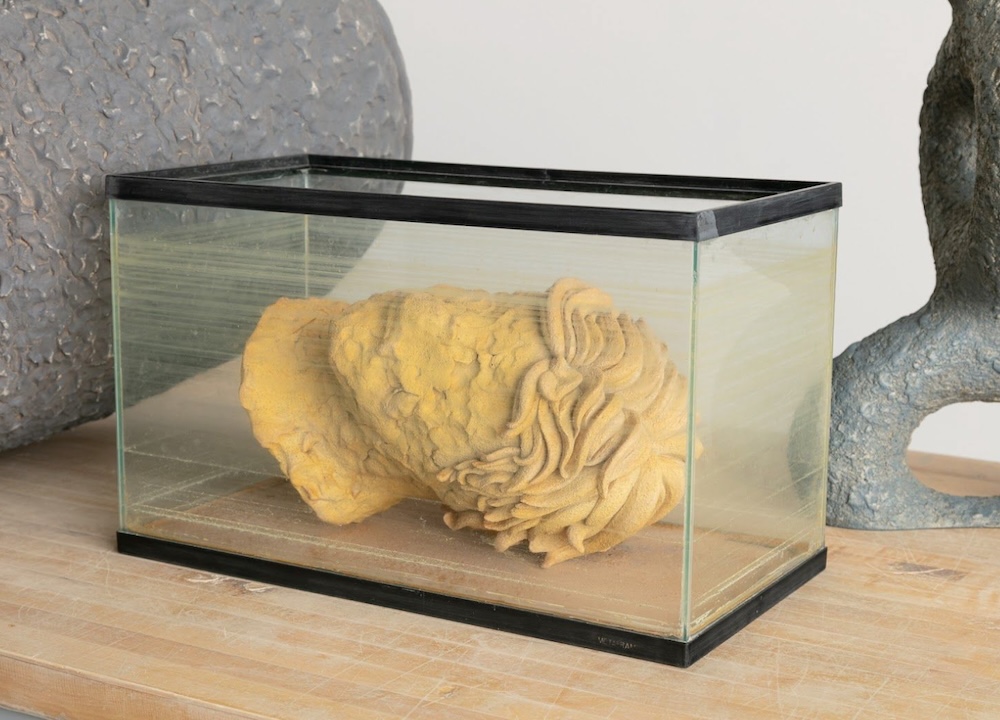
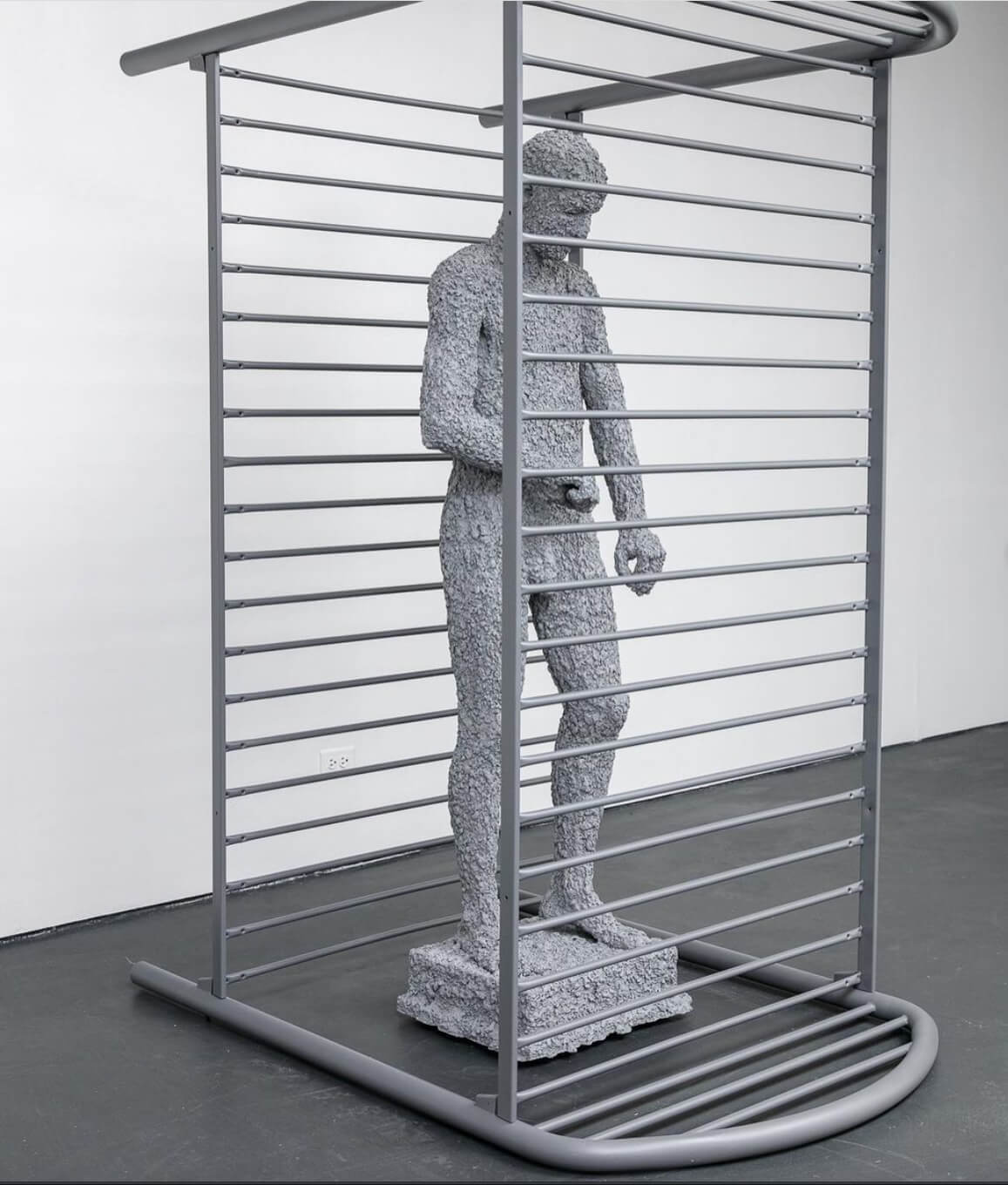
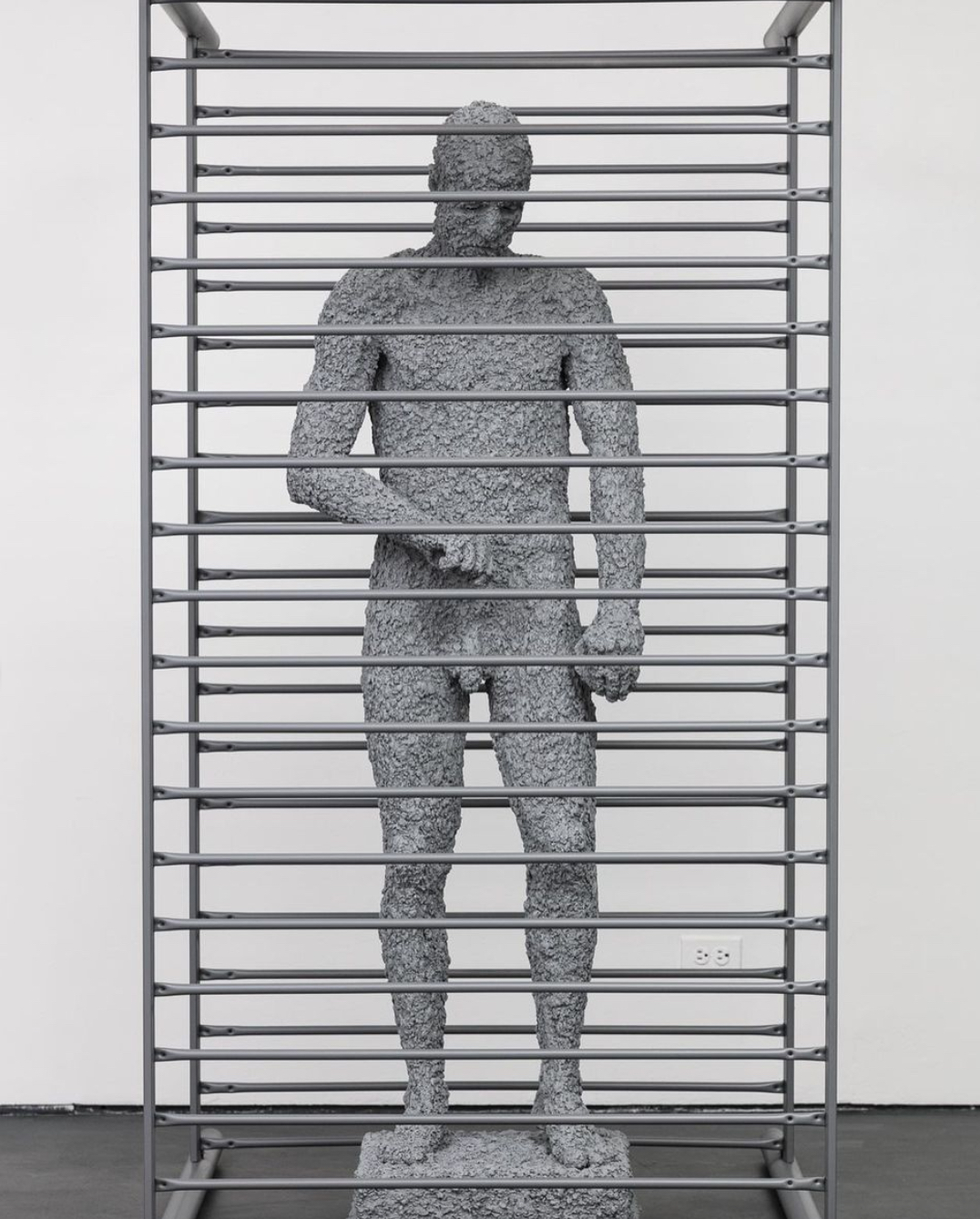
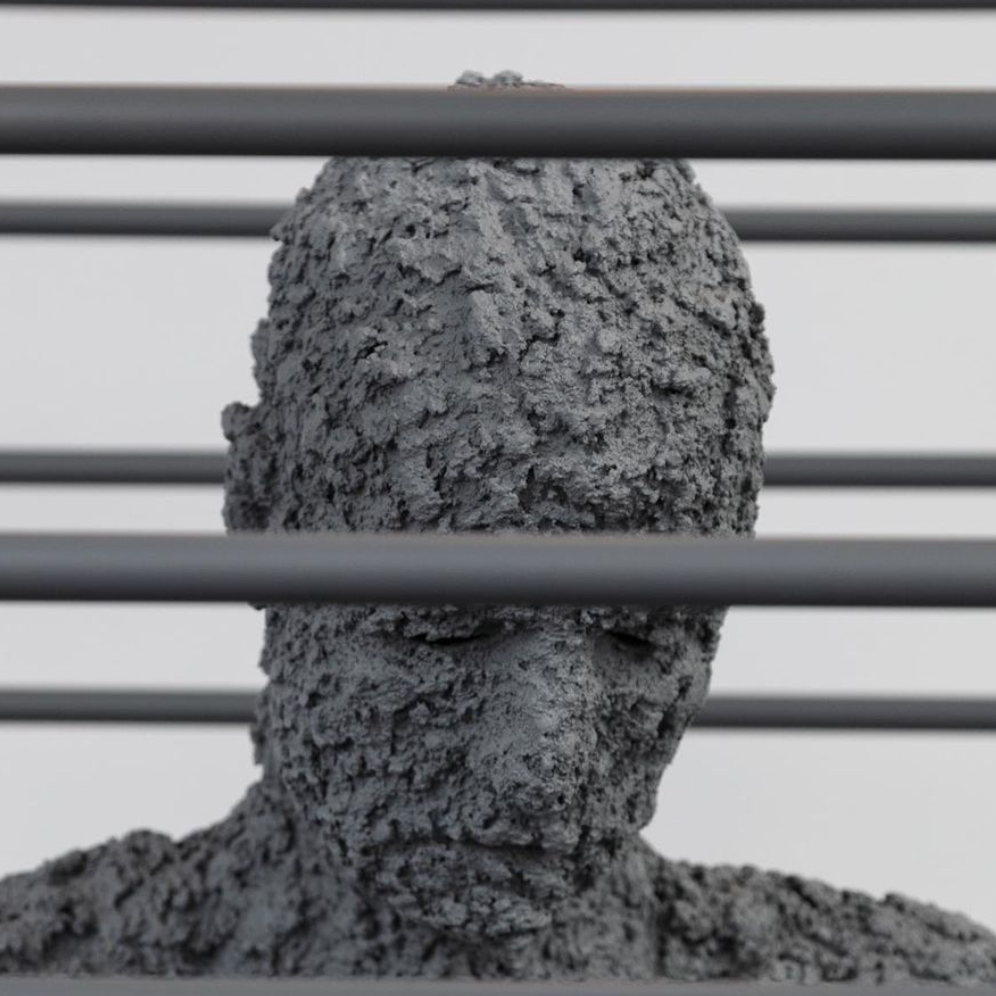
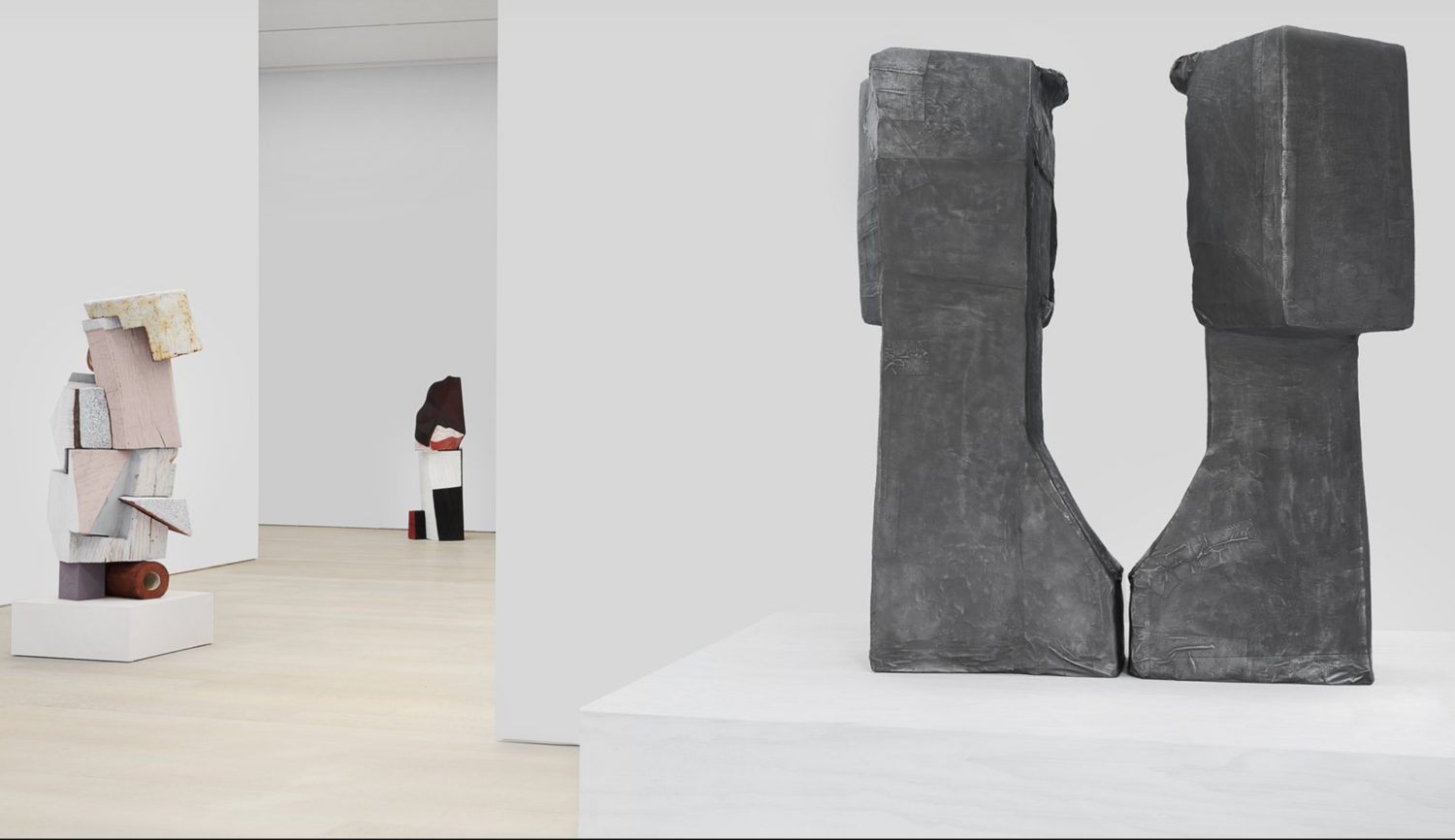
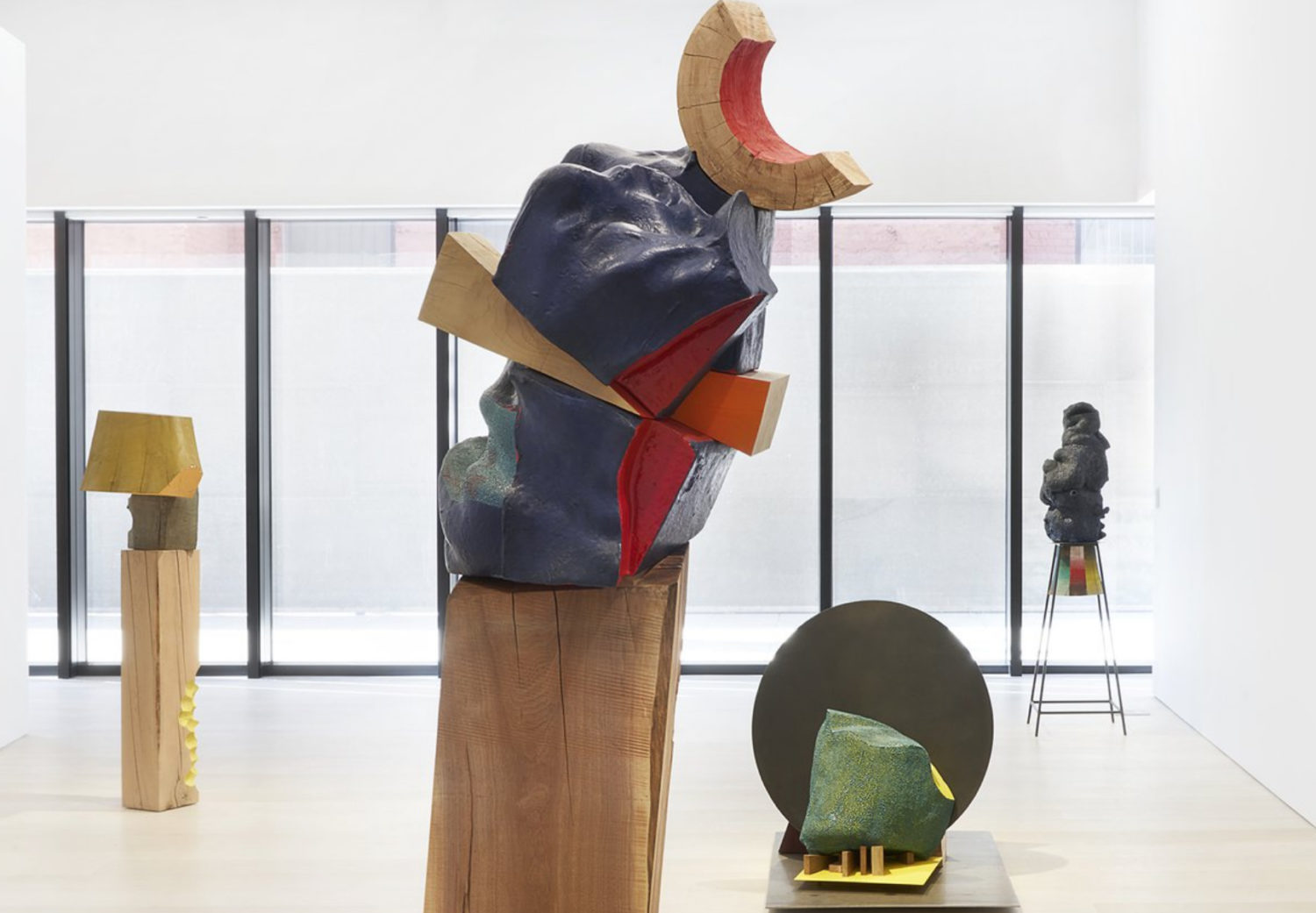
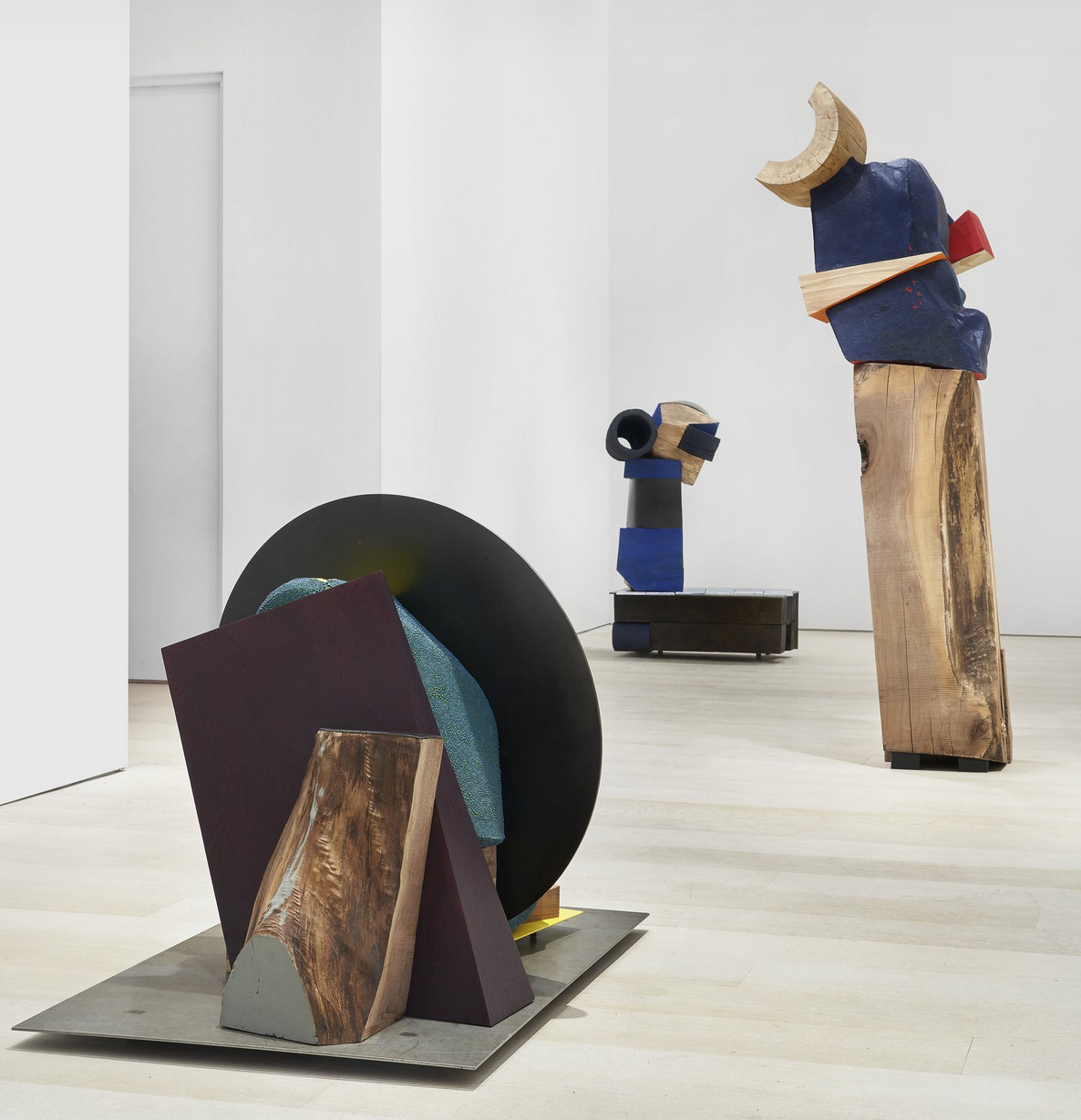

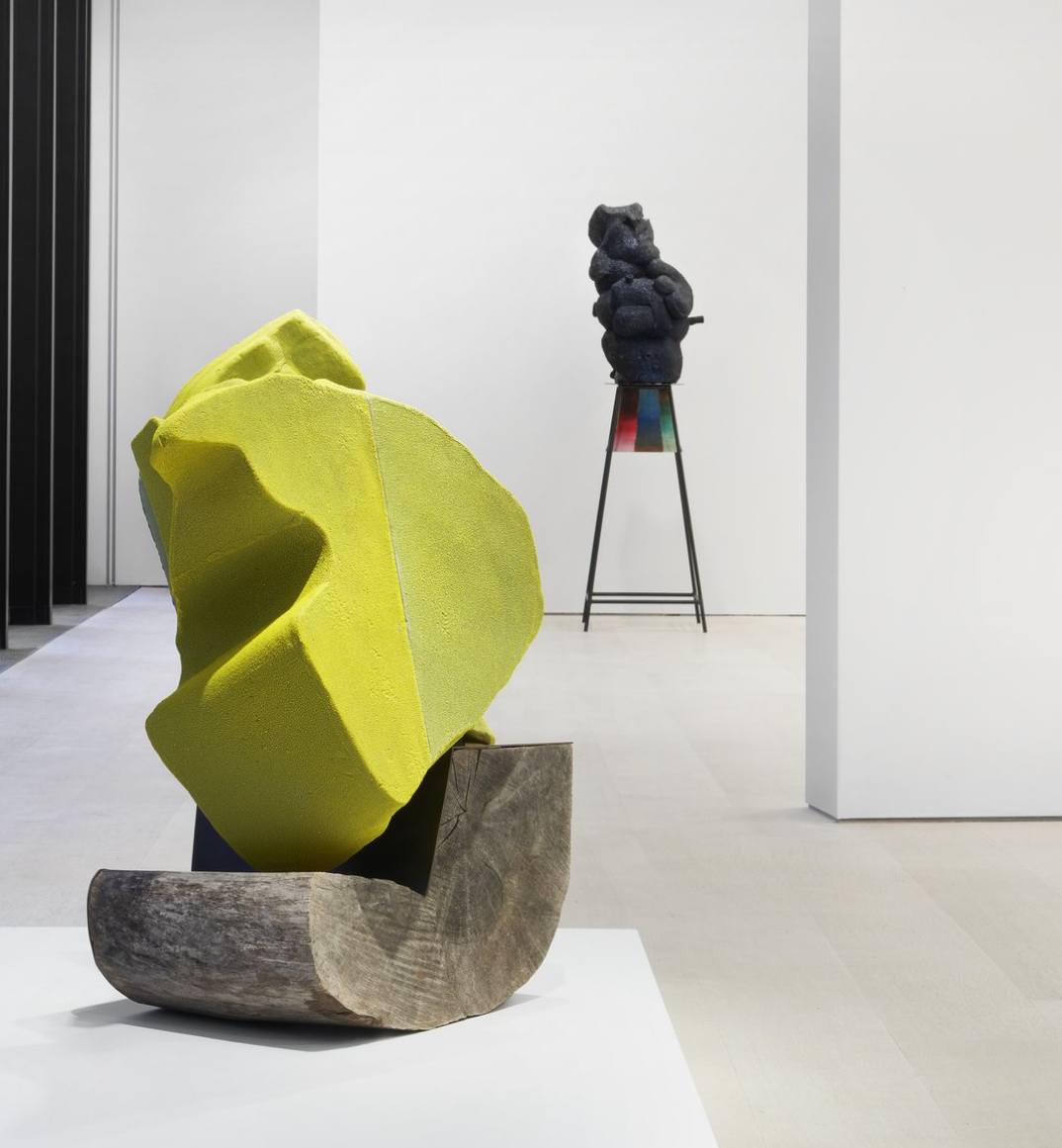
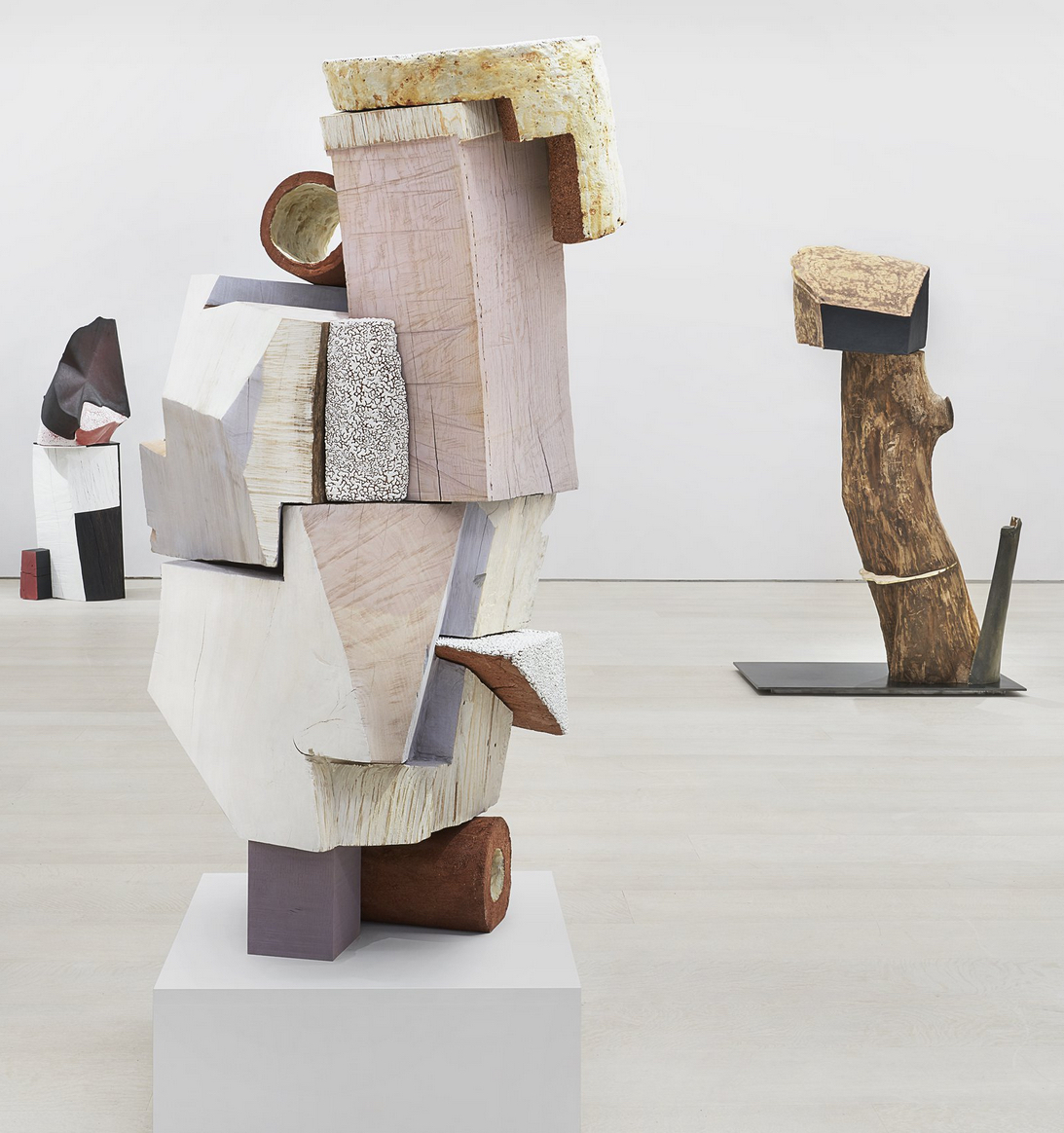
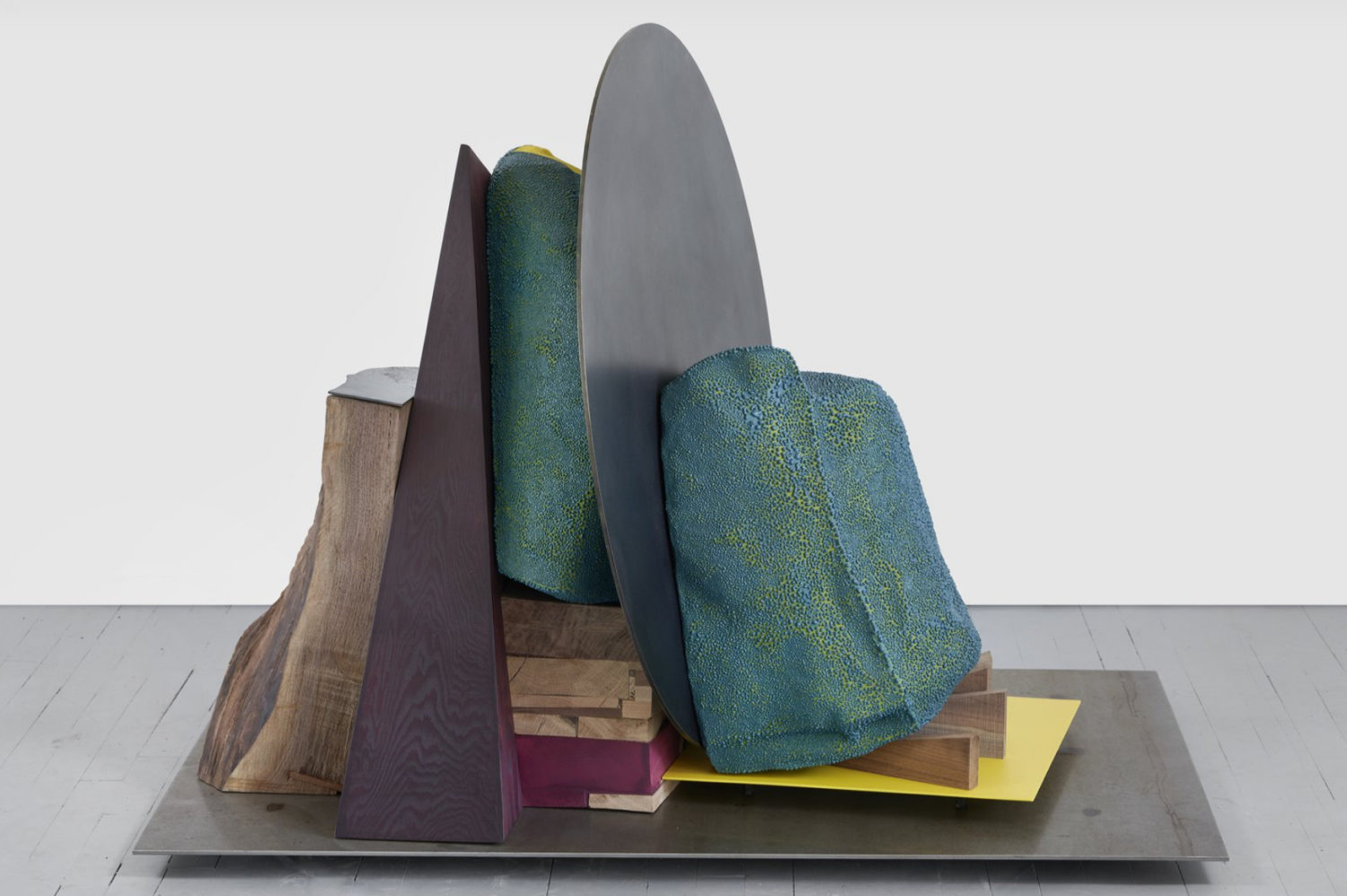

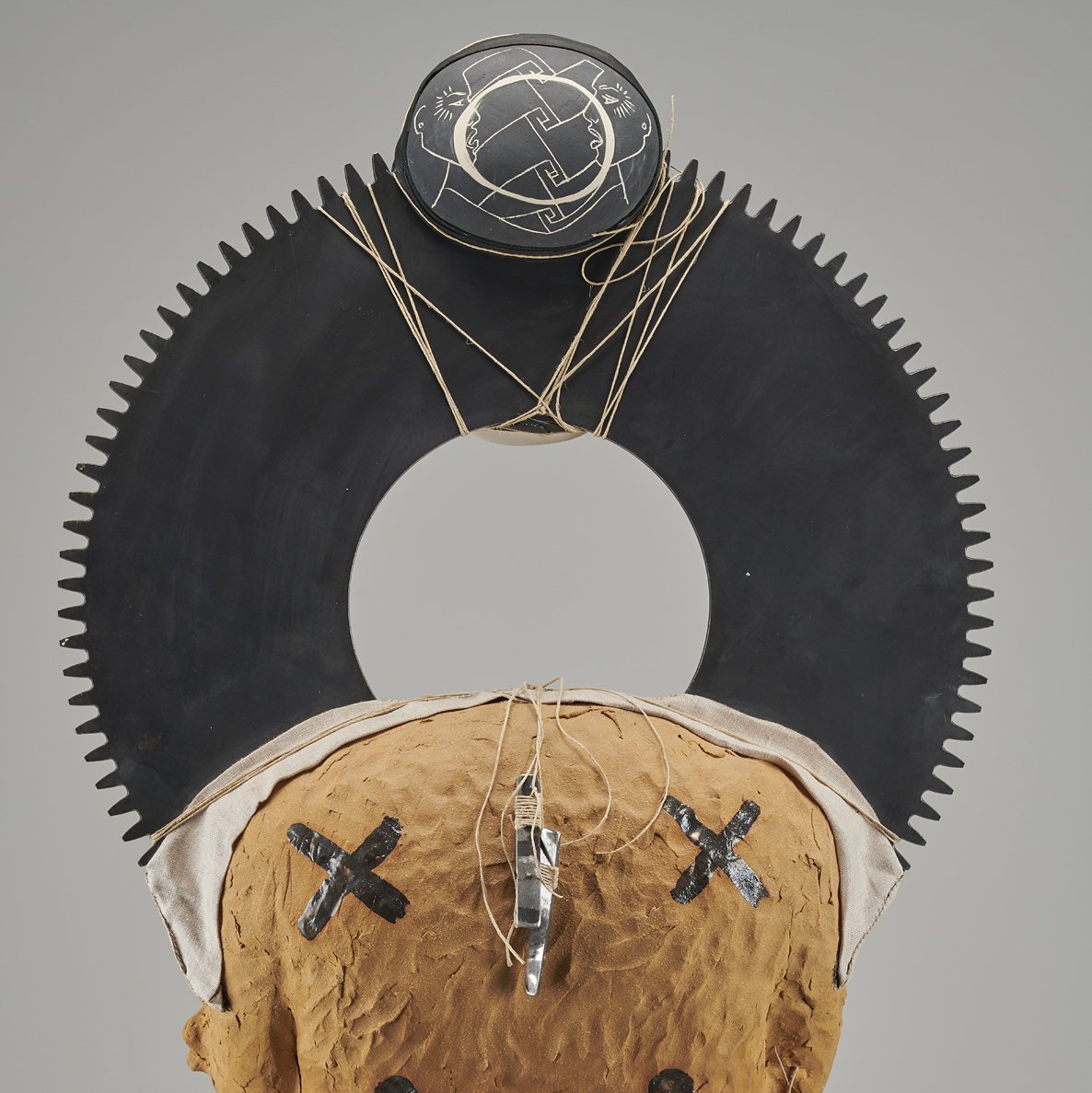

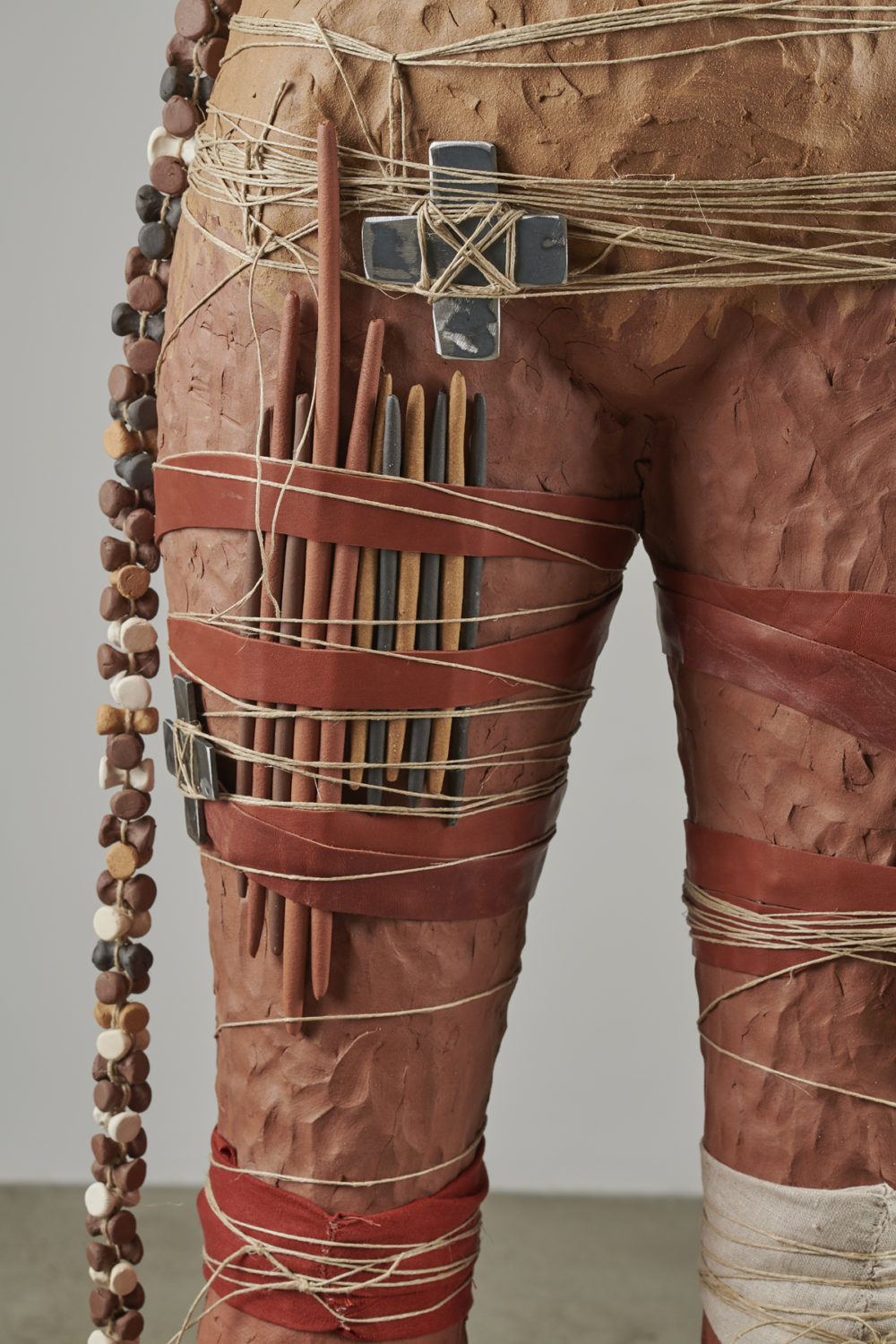


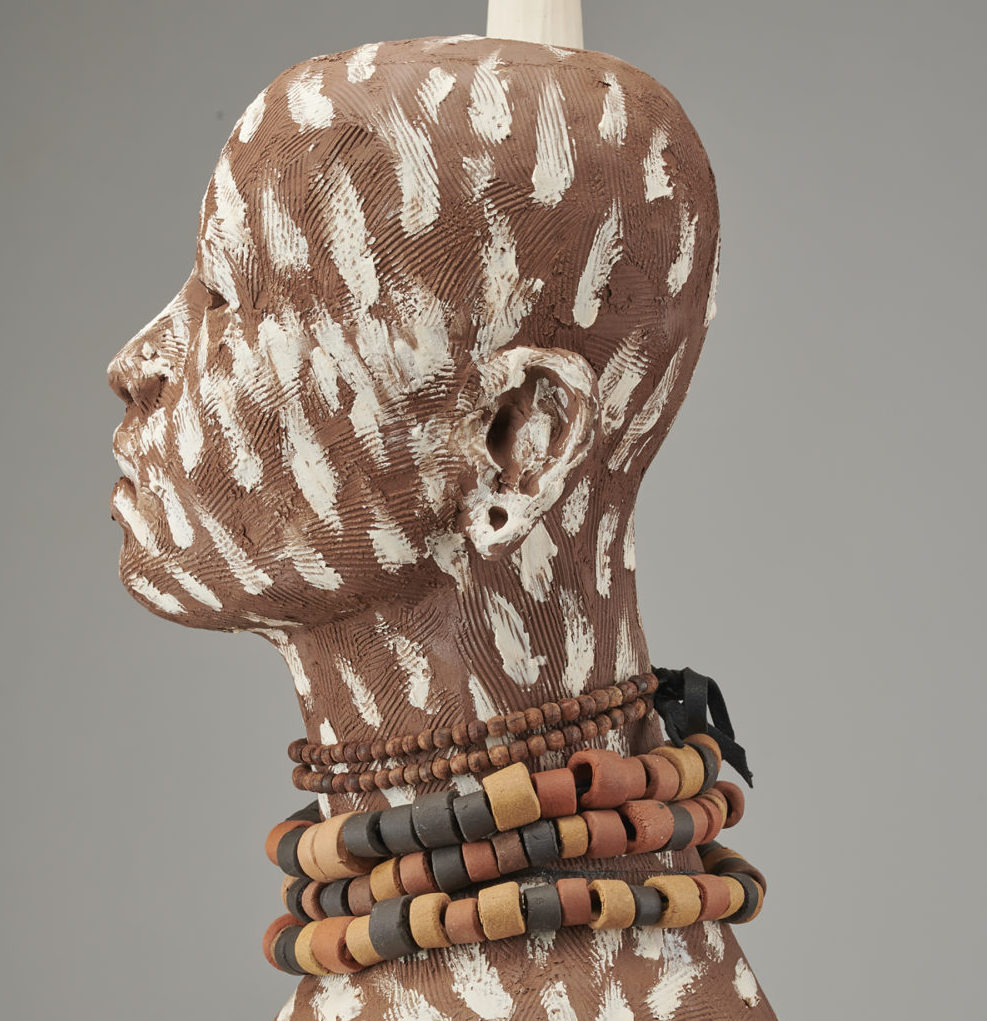
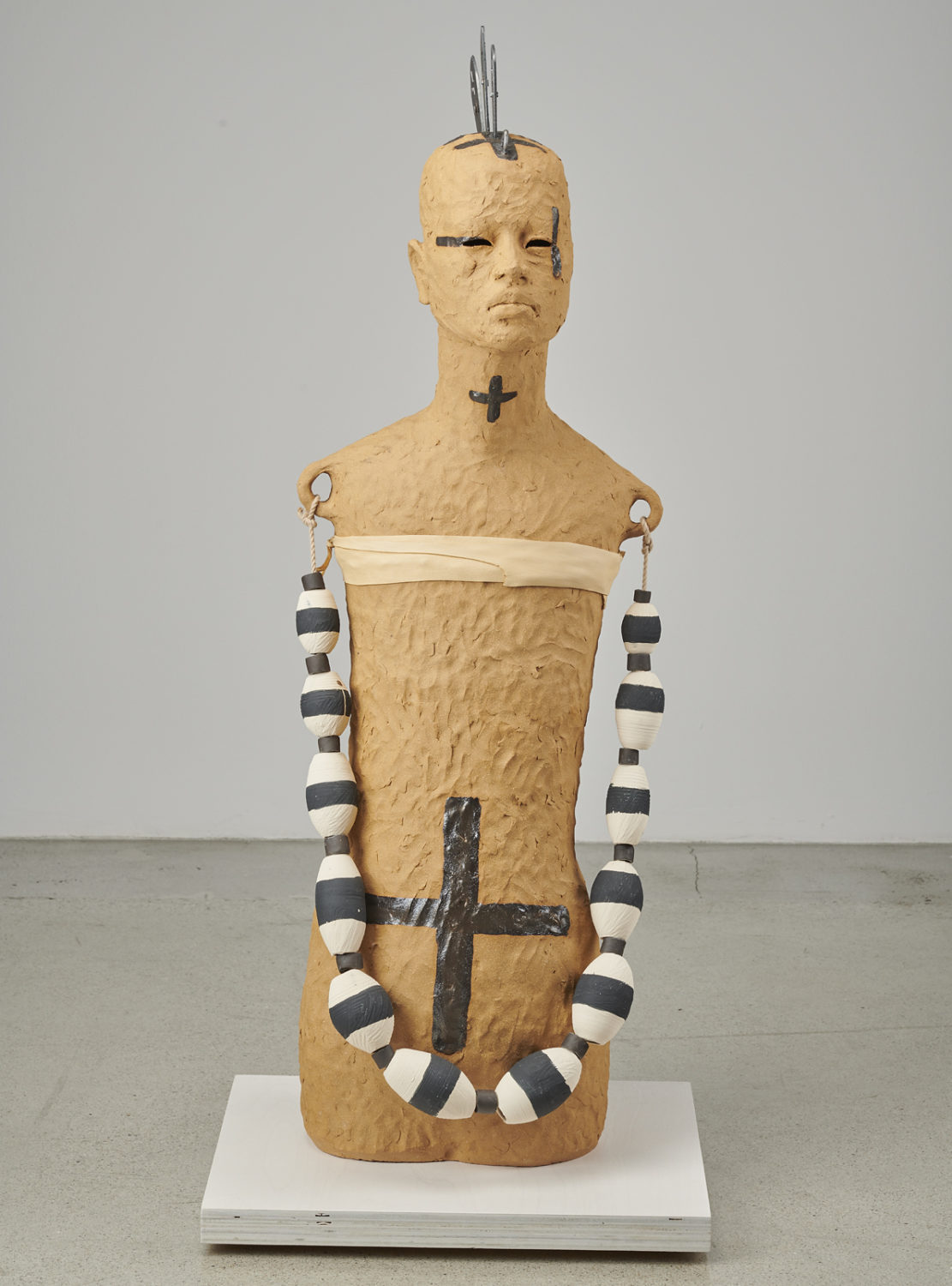

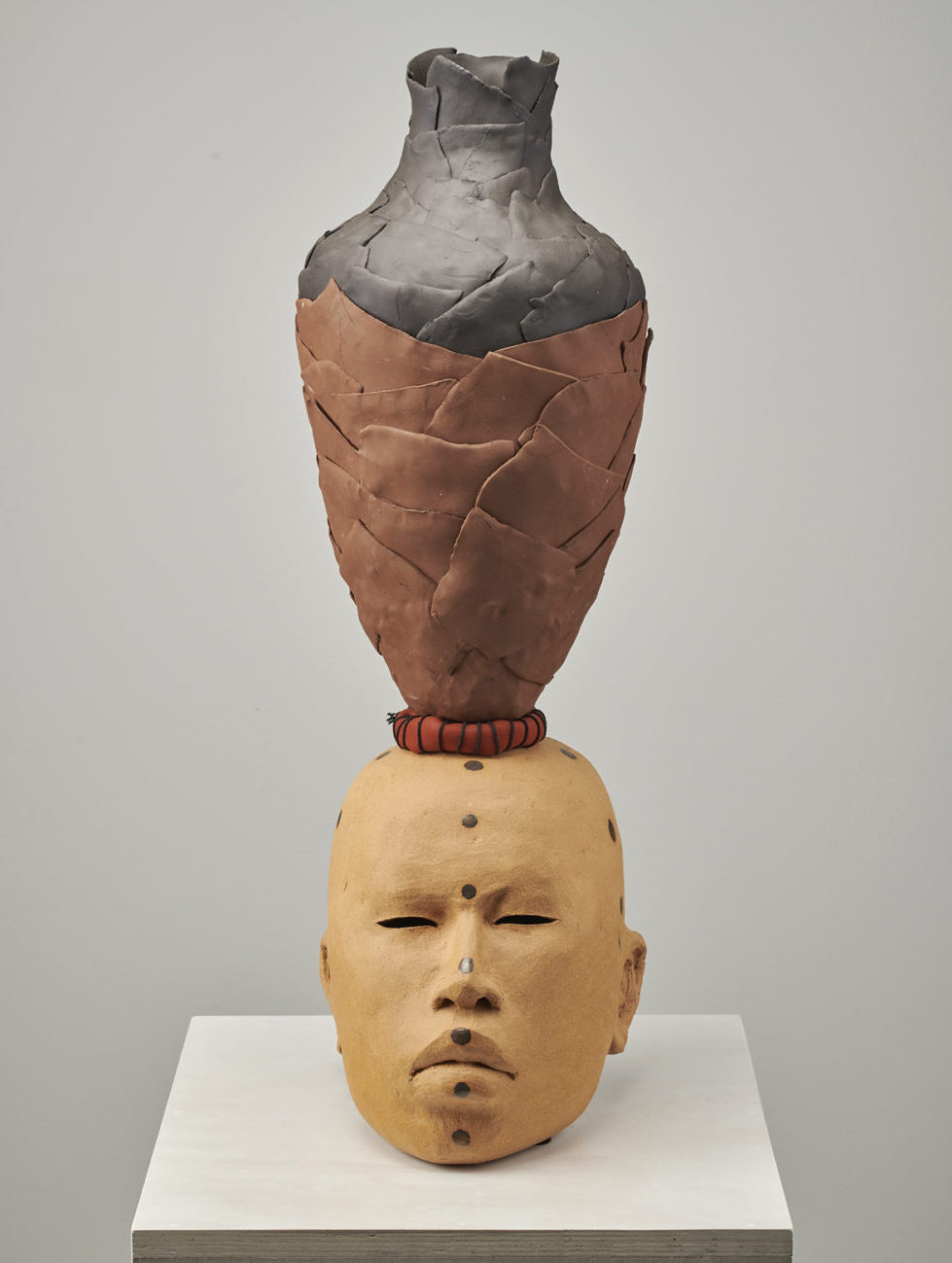



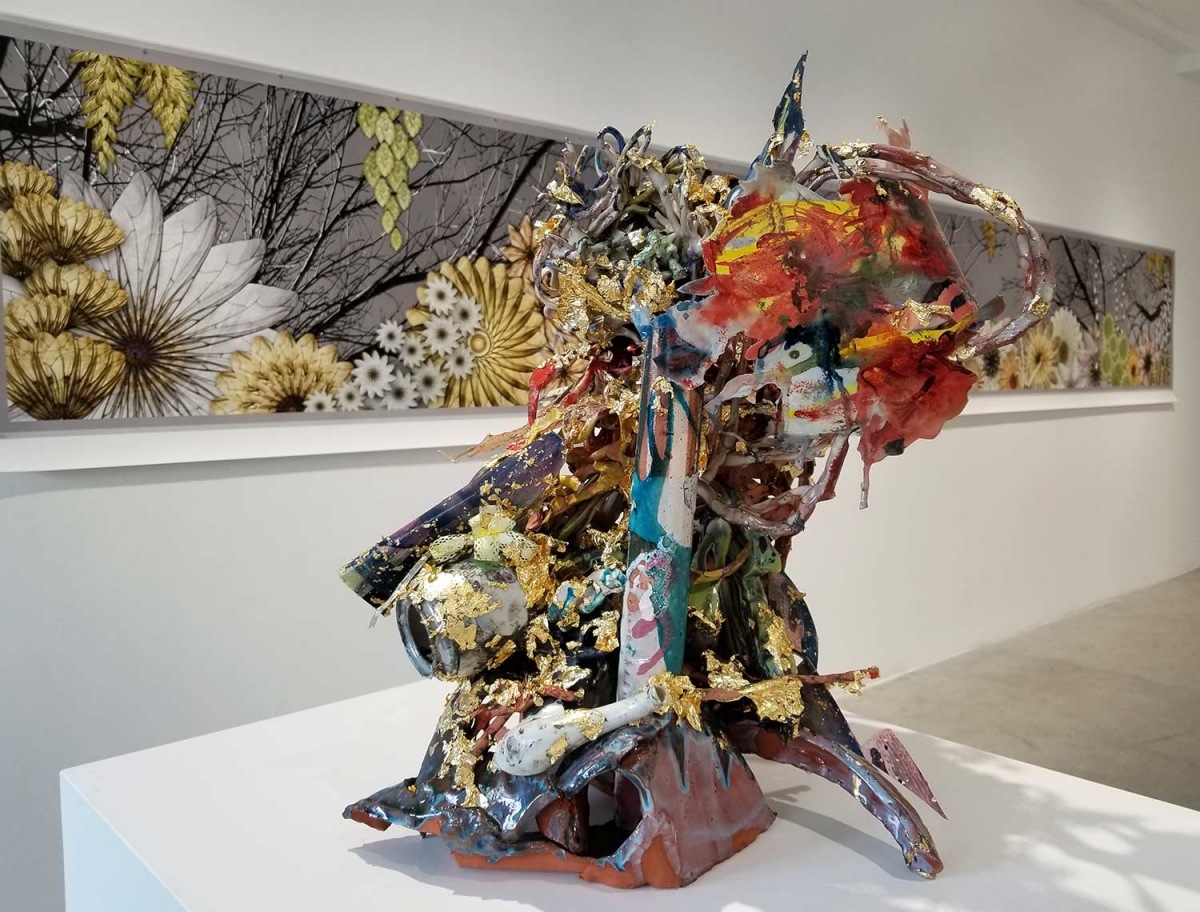
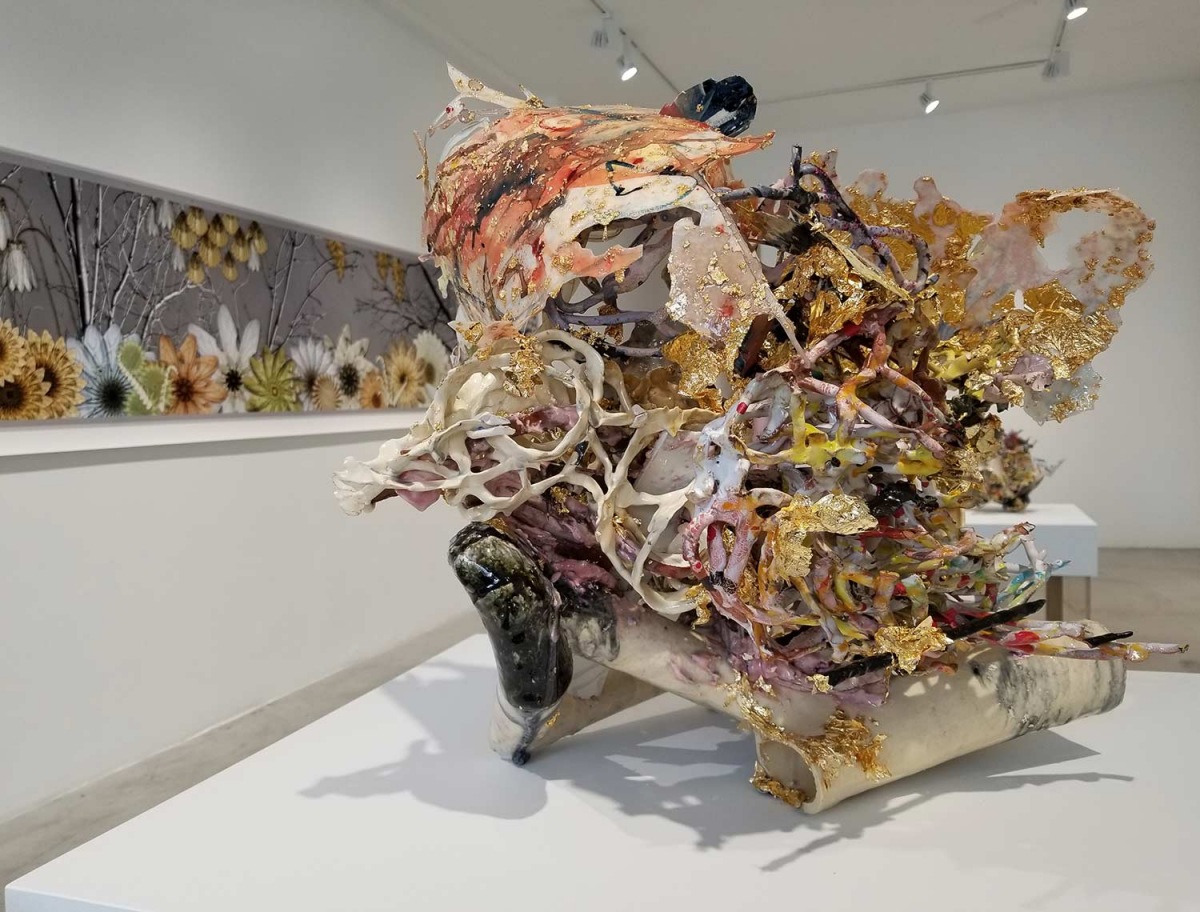




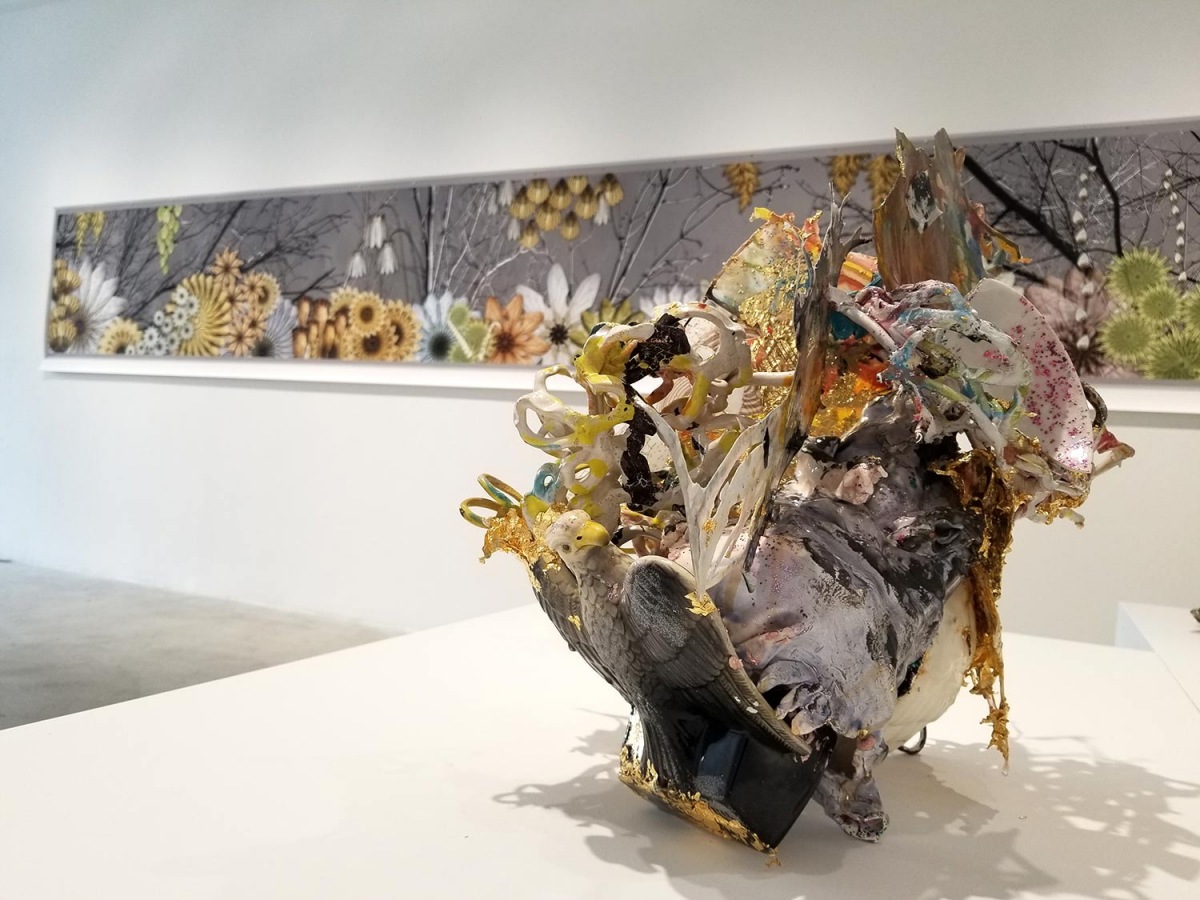
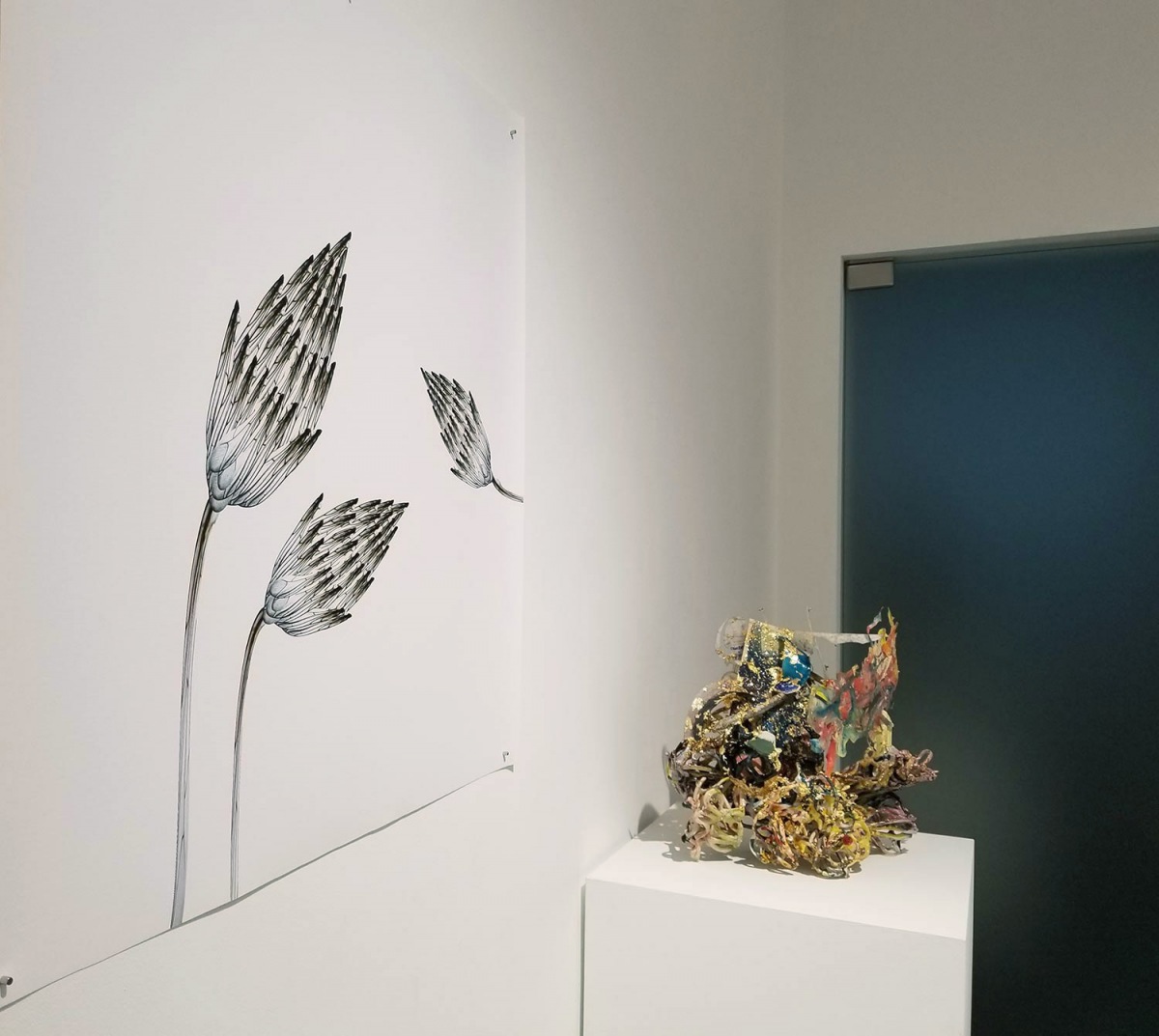
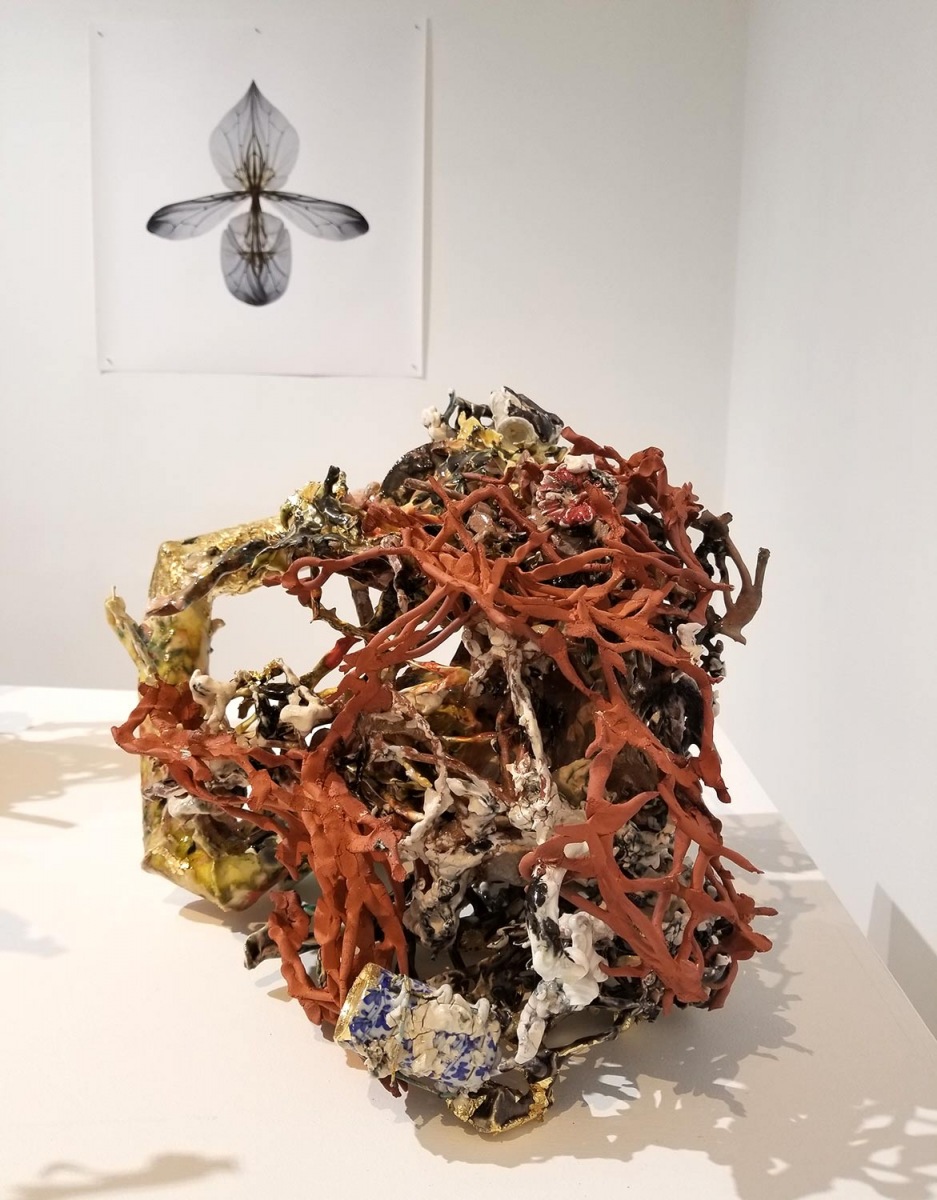
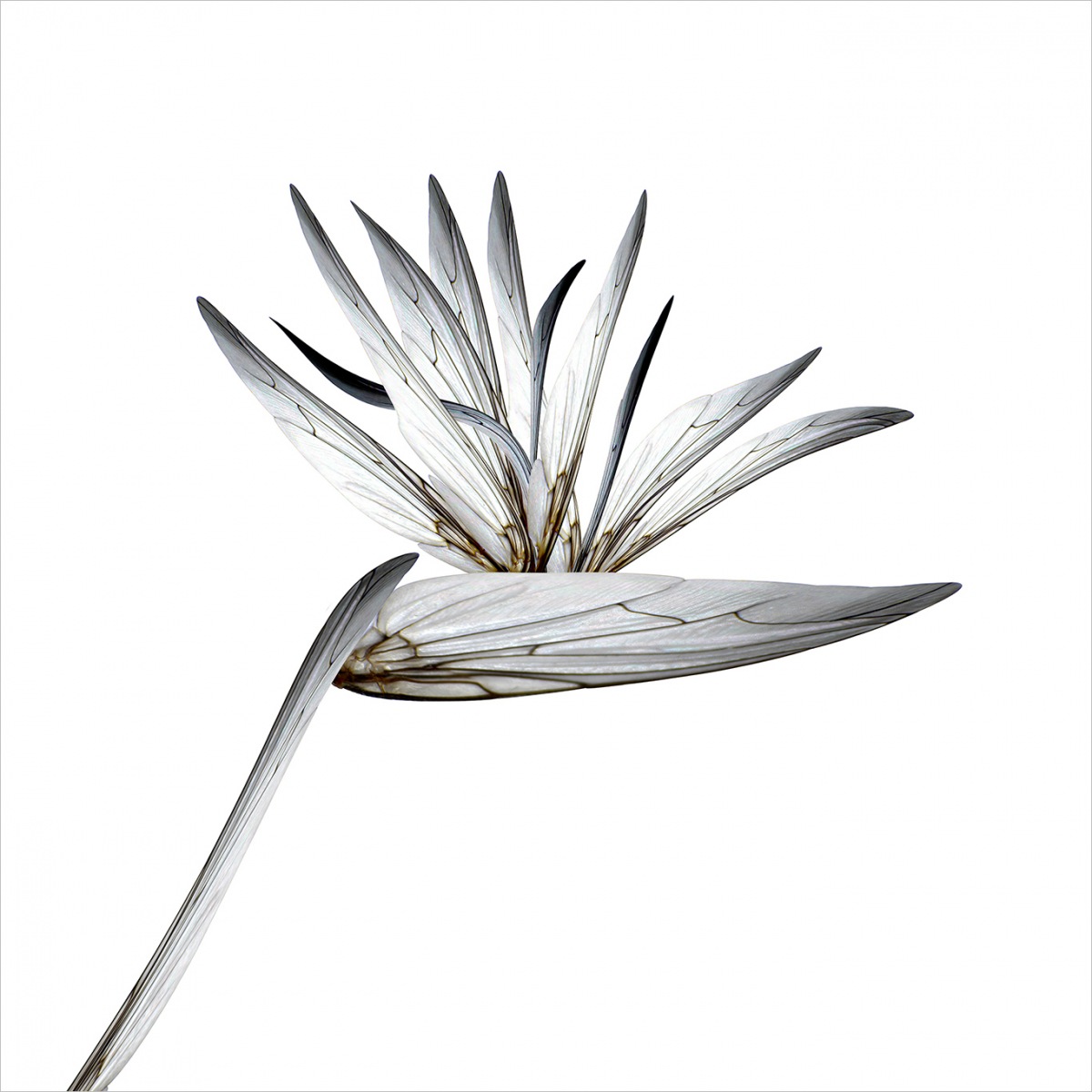

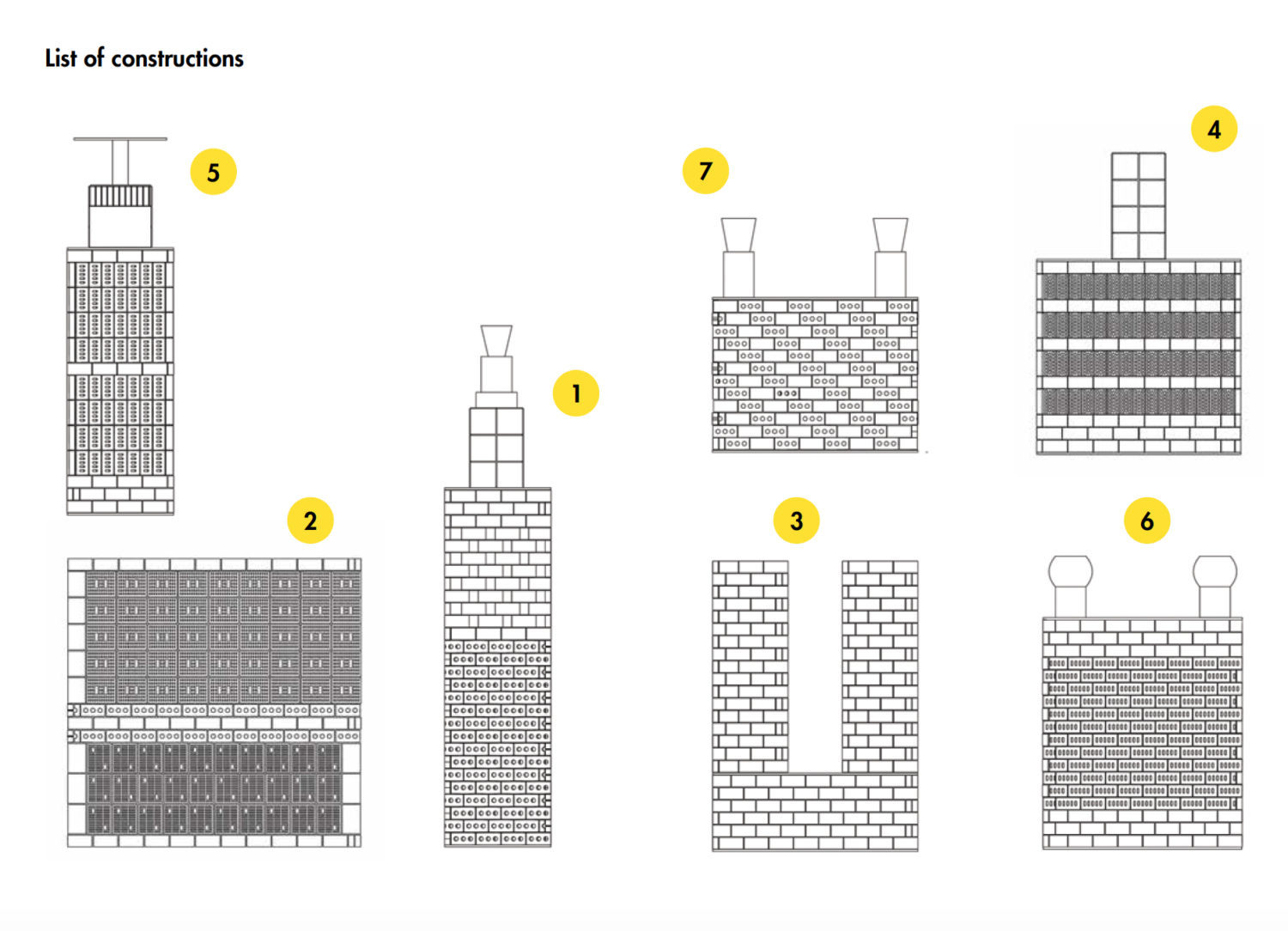
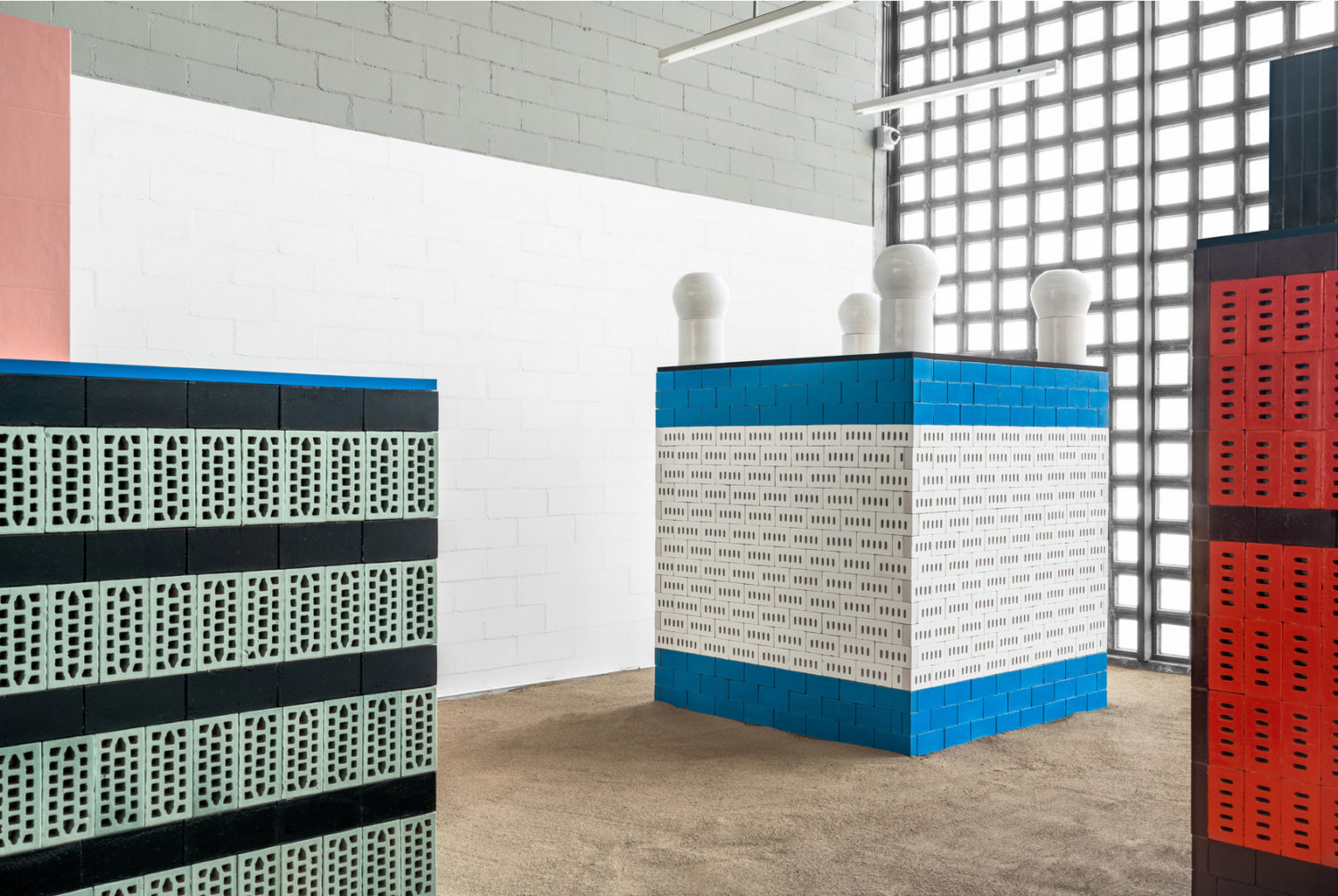
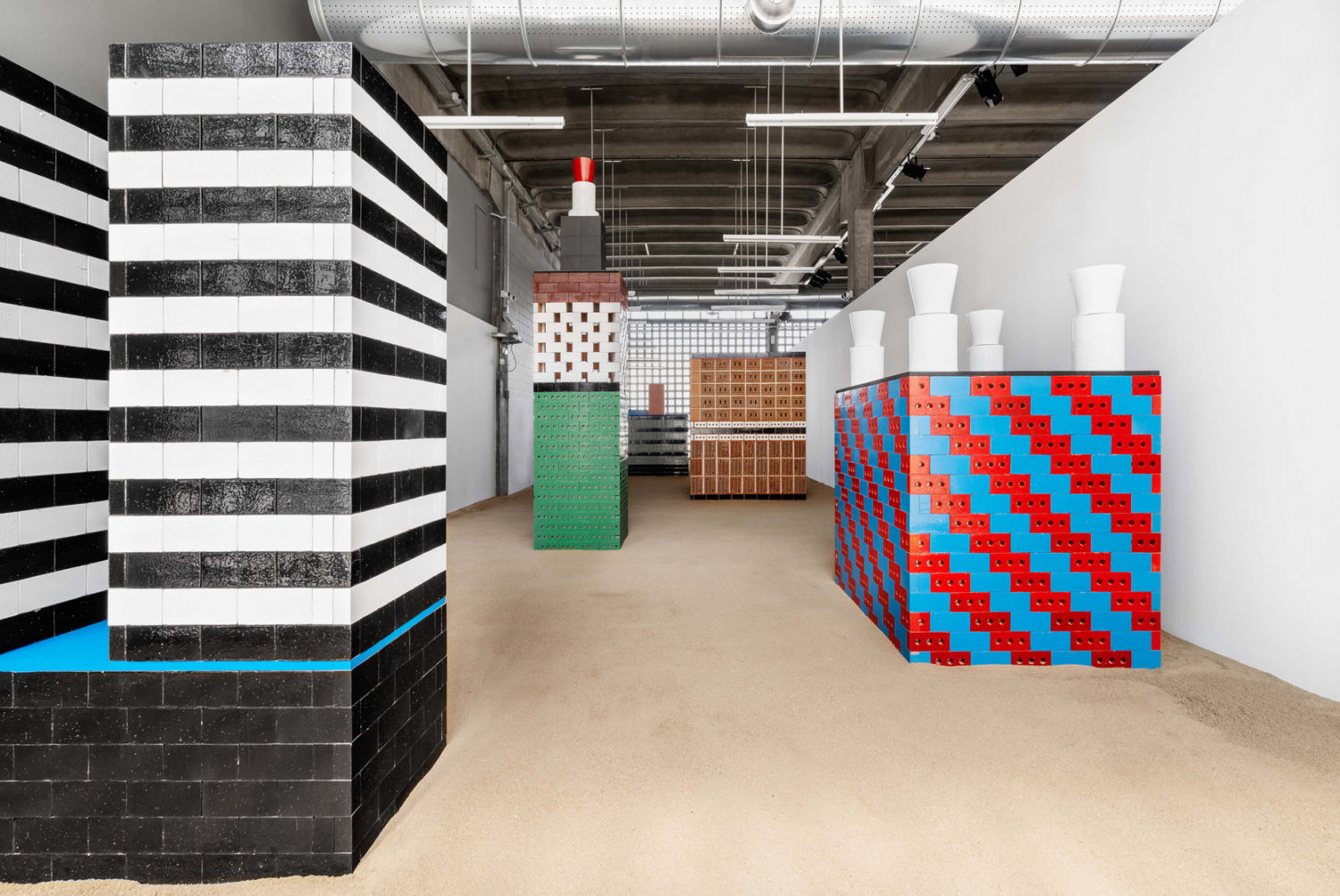

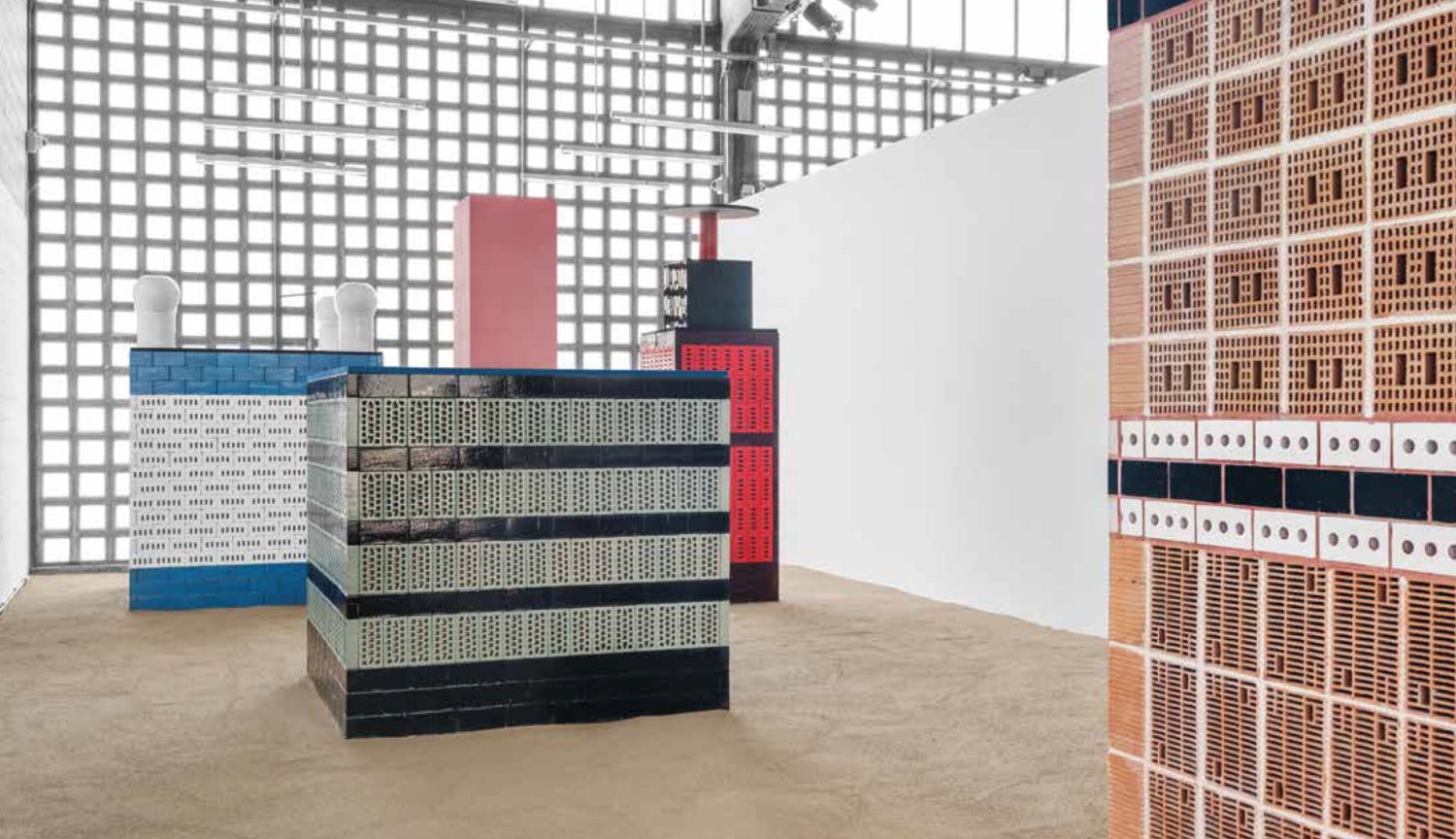


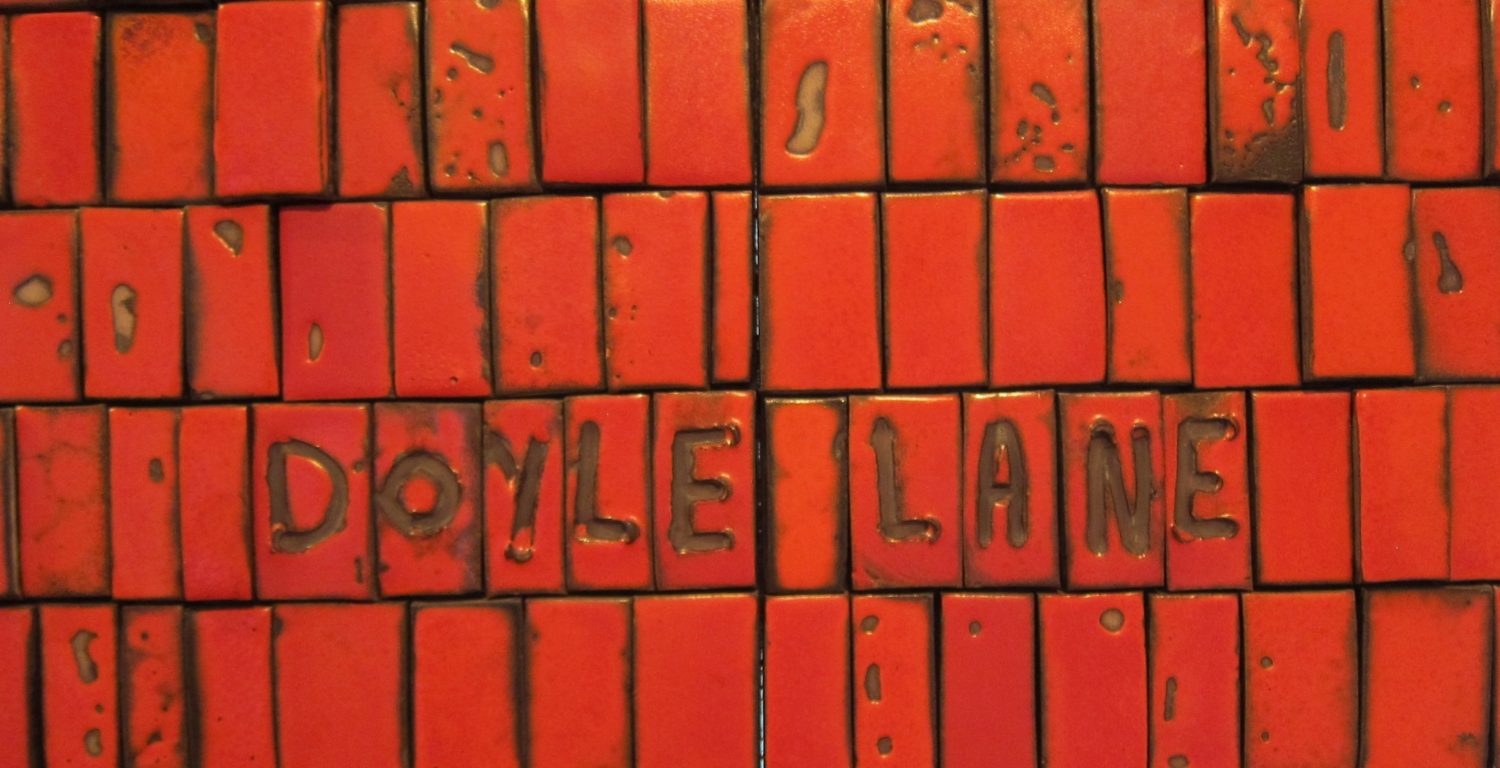

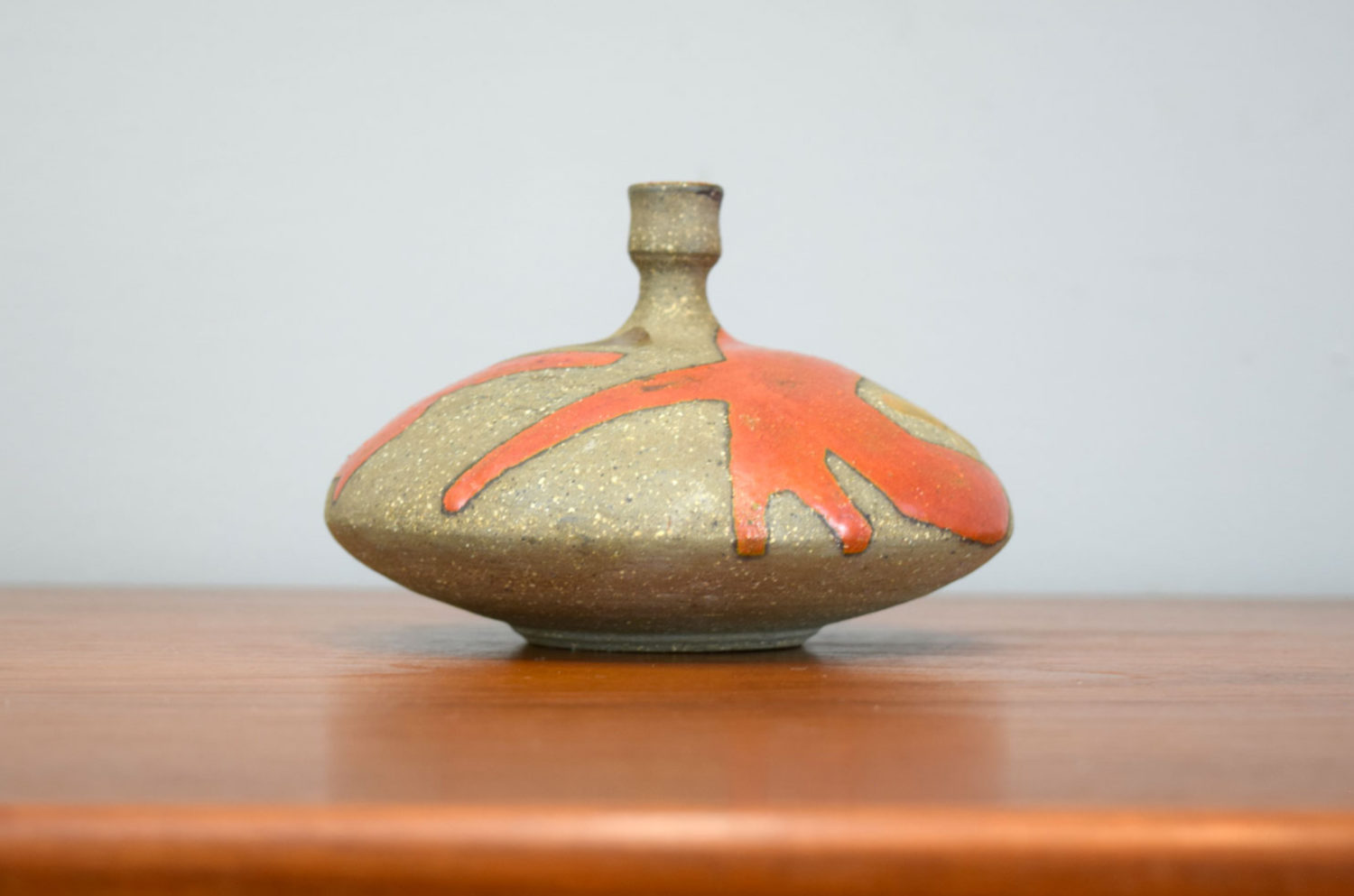

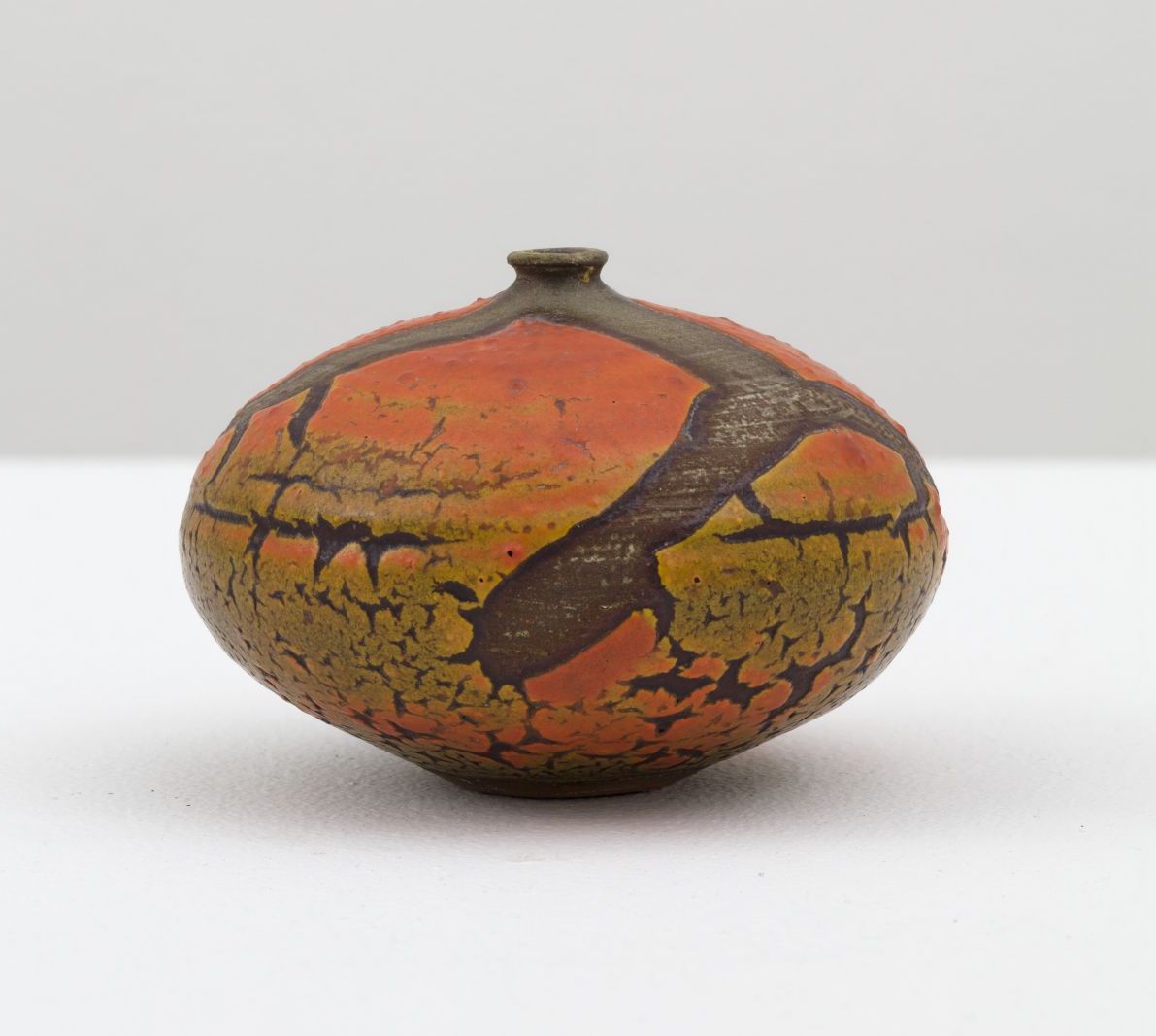
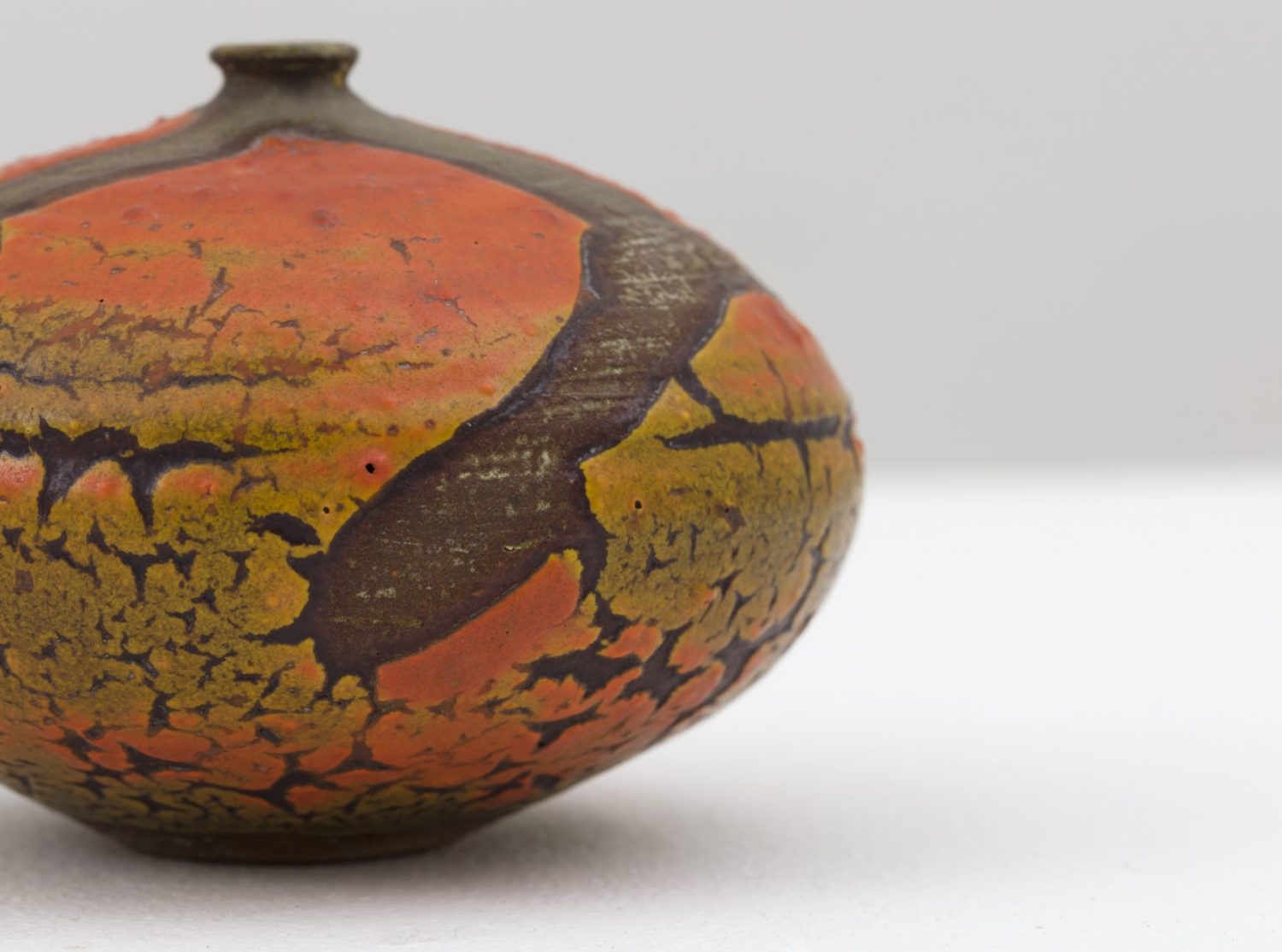

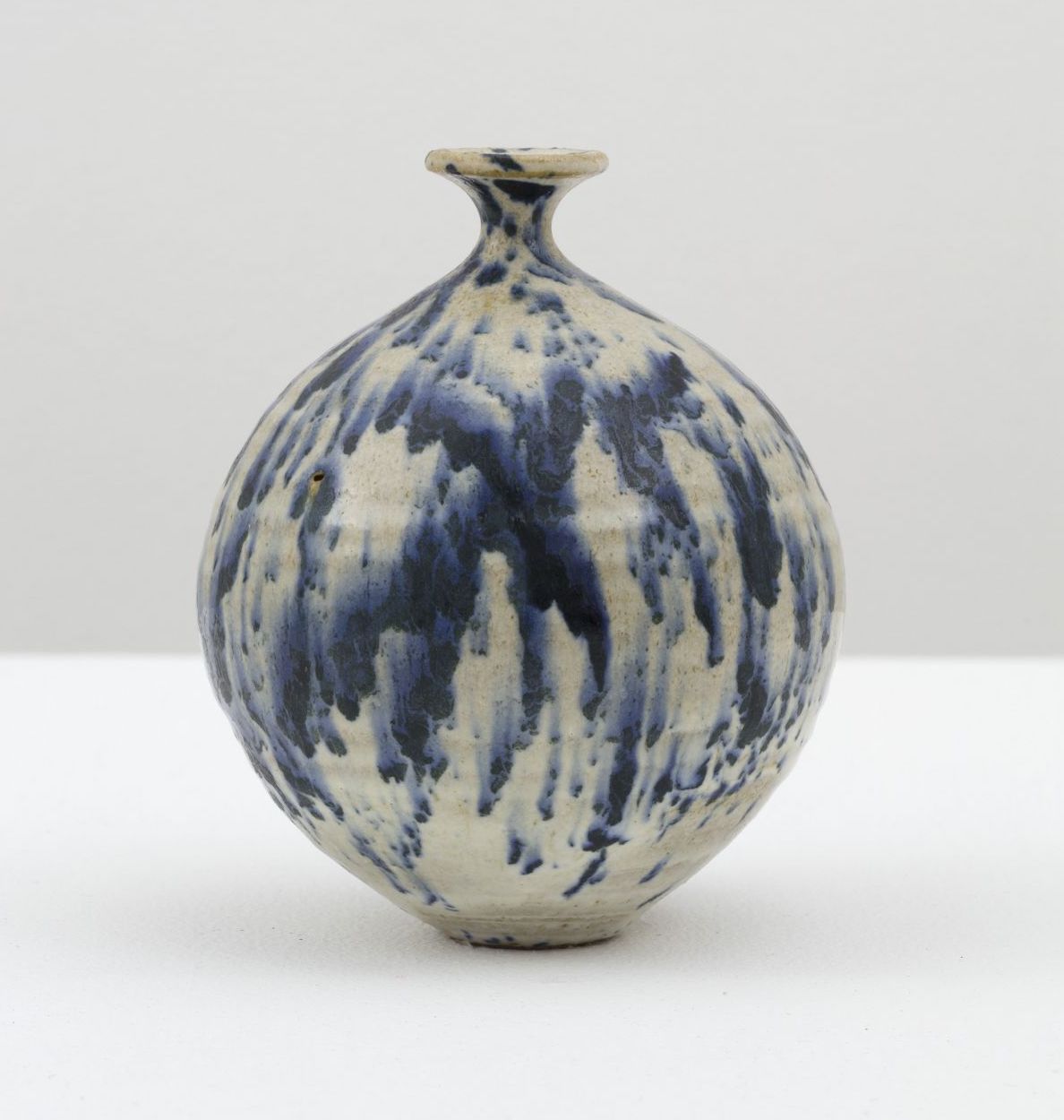
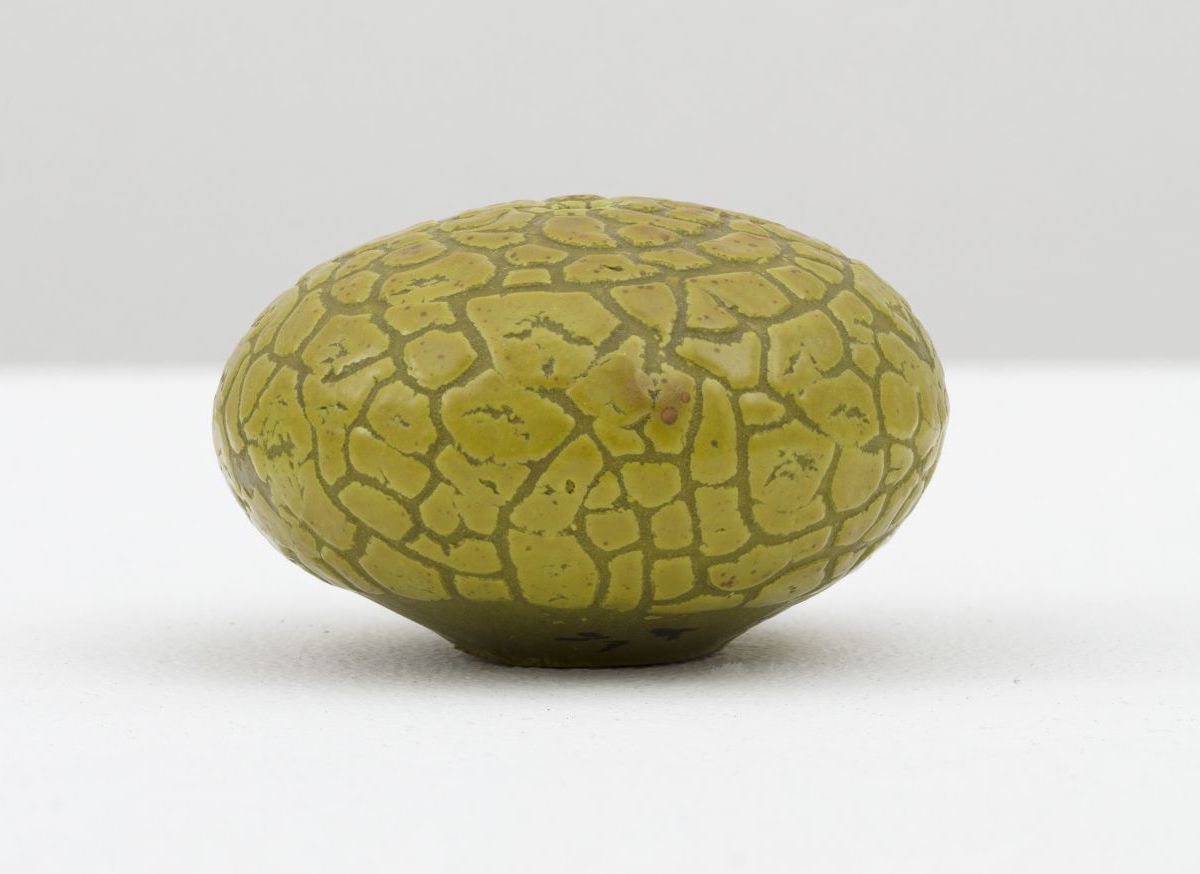
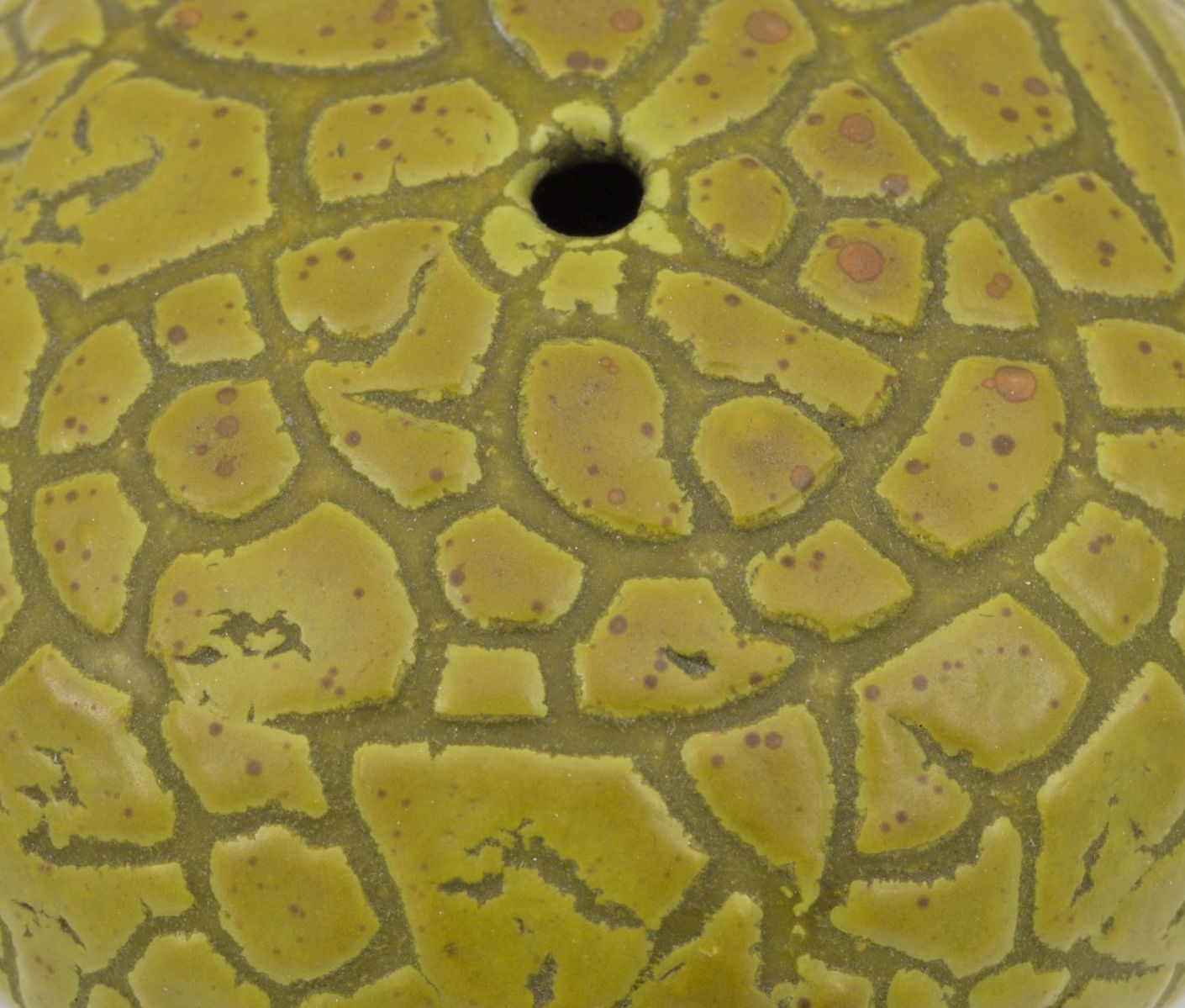
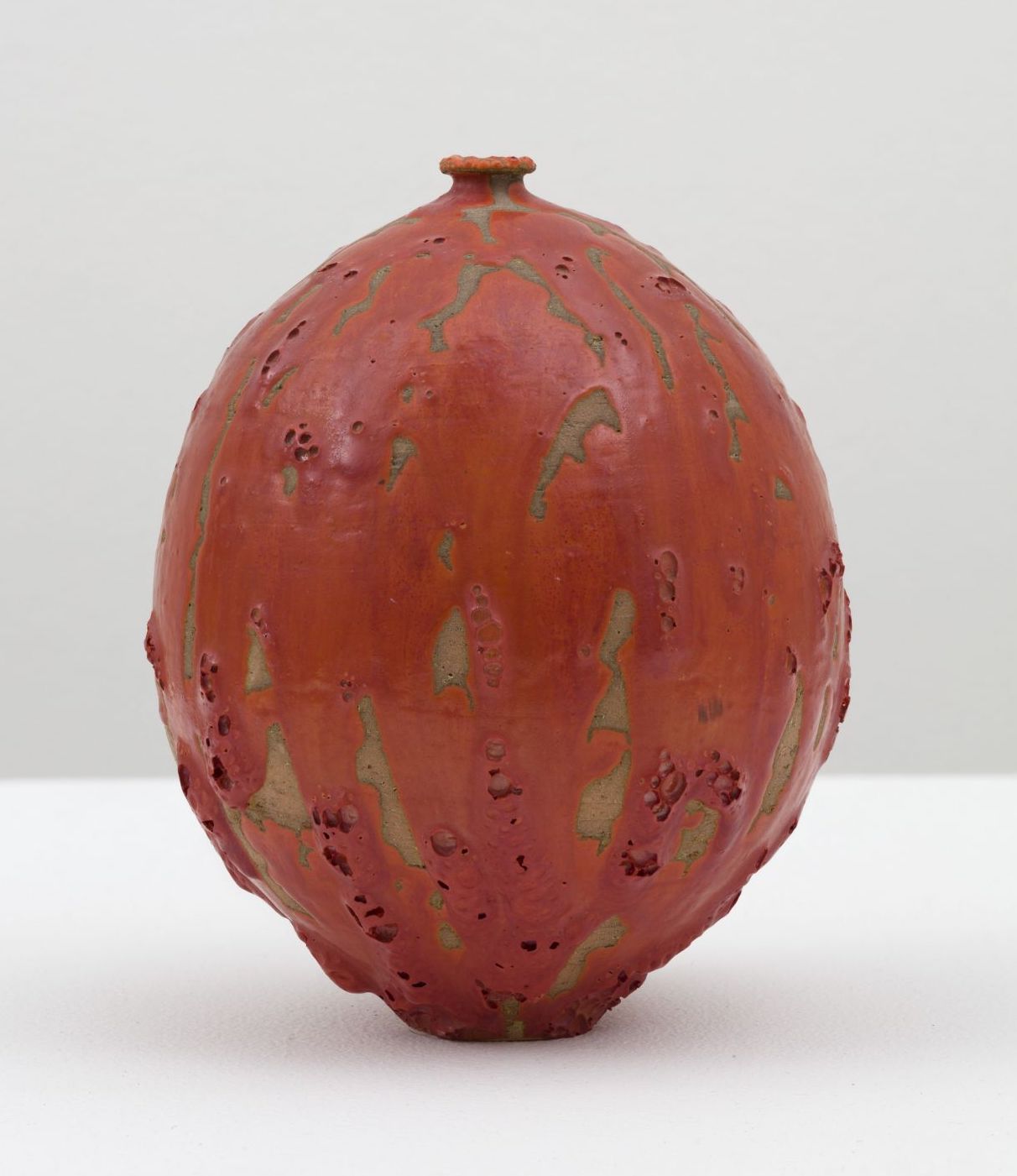

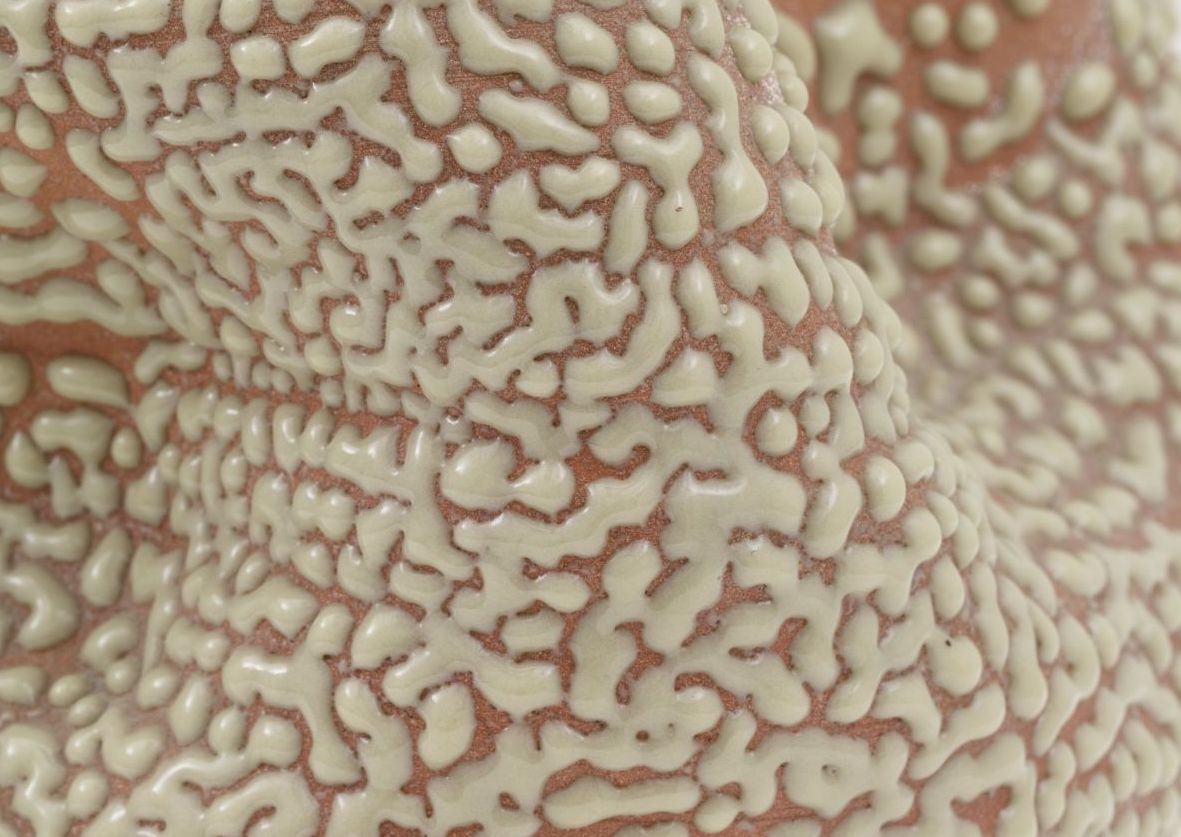



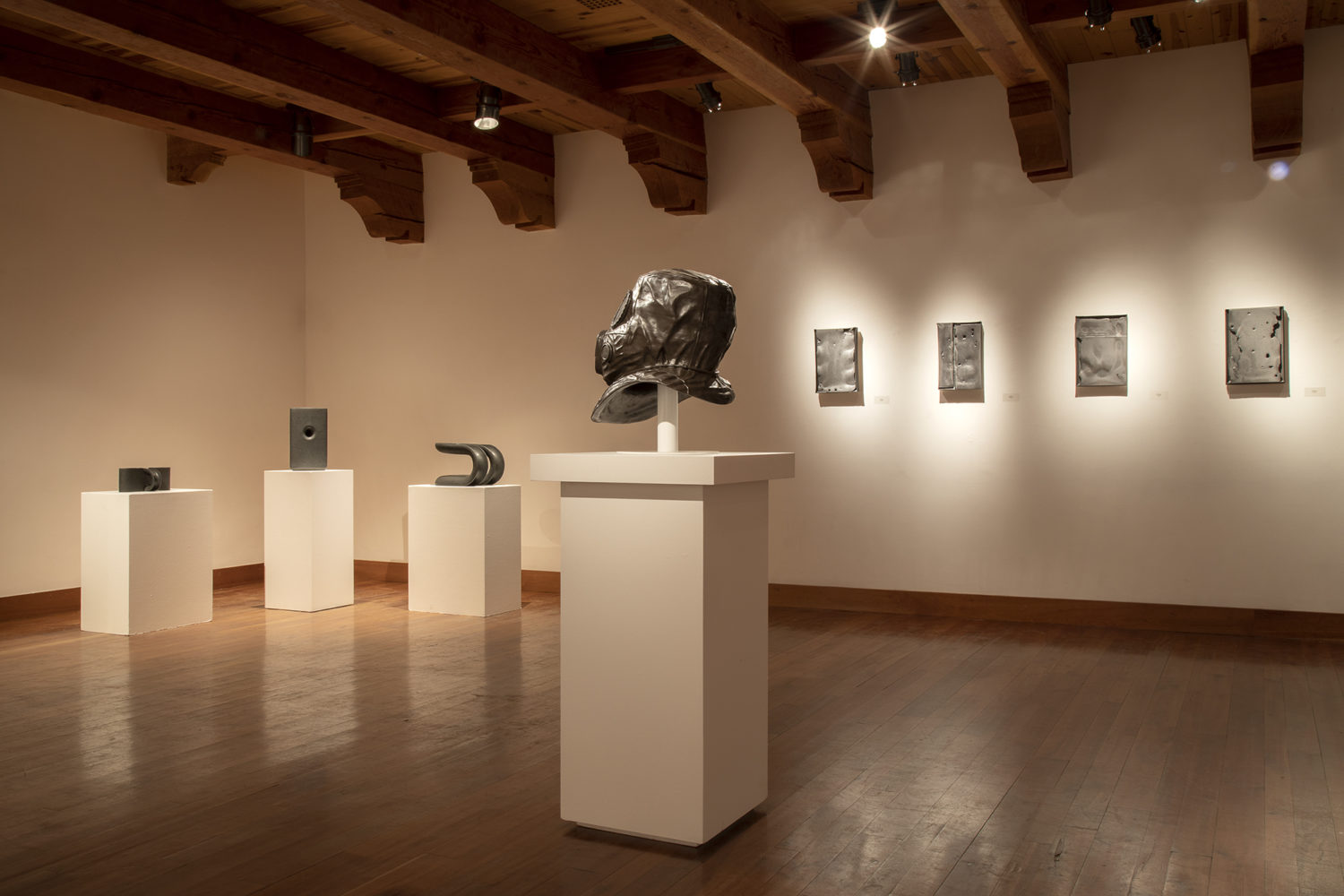
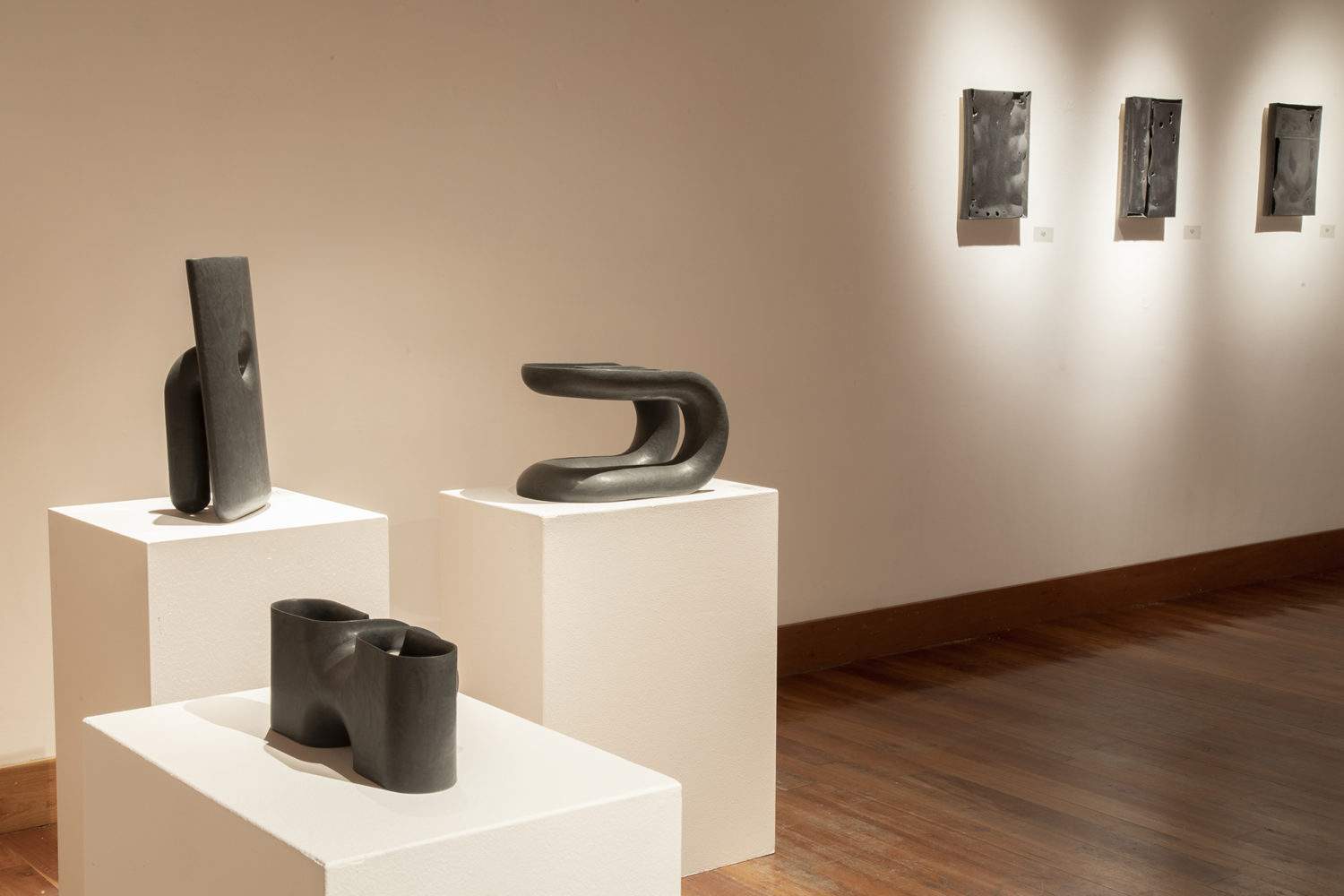
The Shechet show was 2020, not 2021.